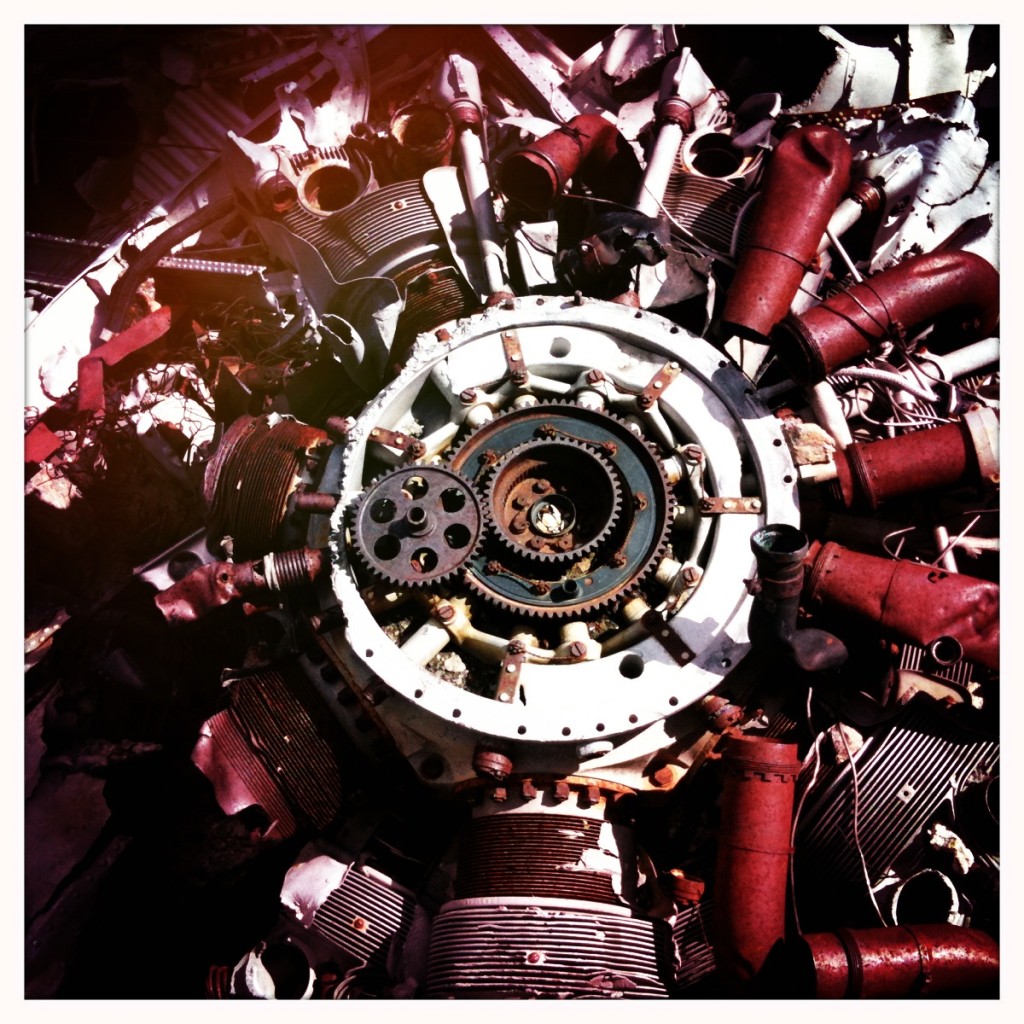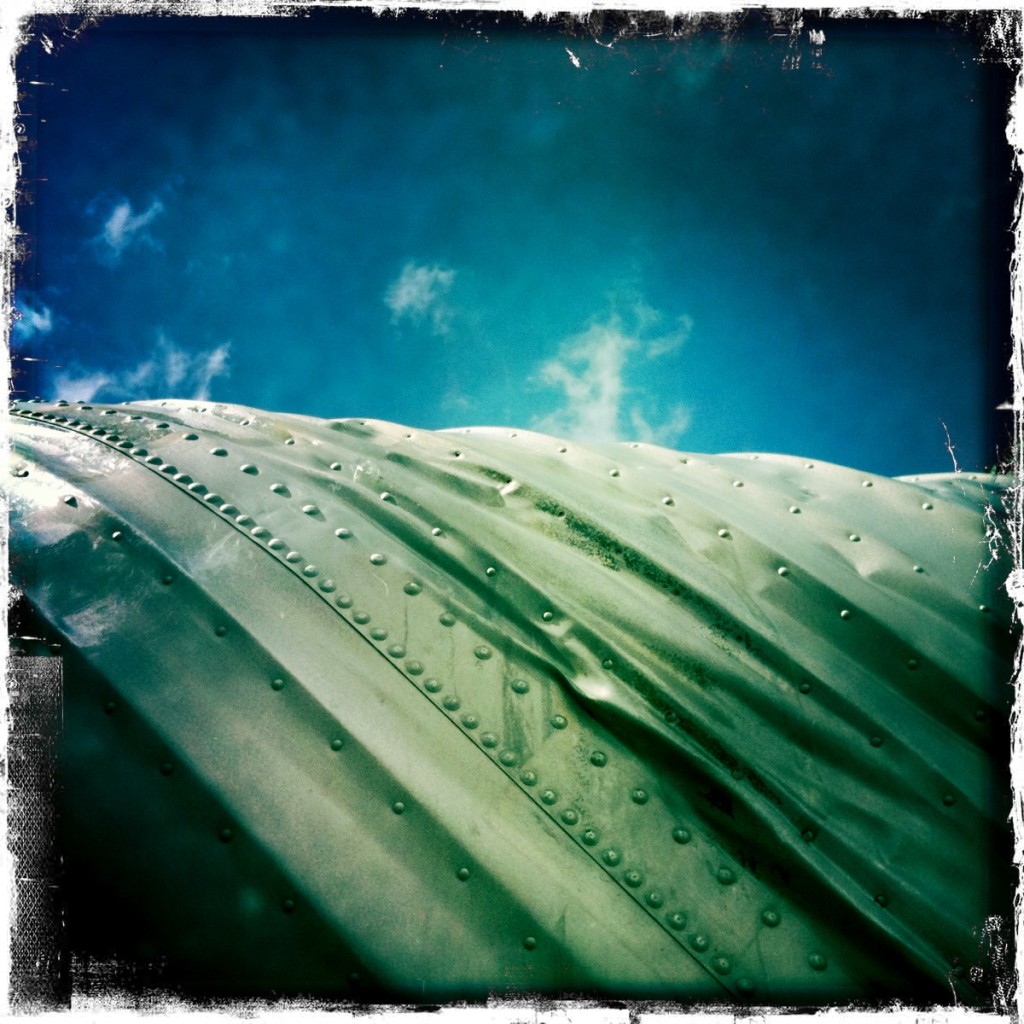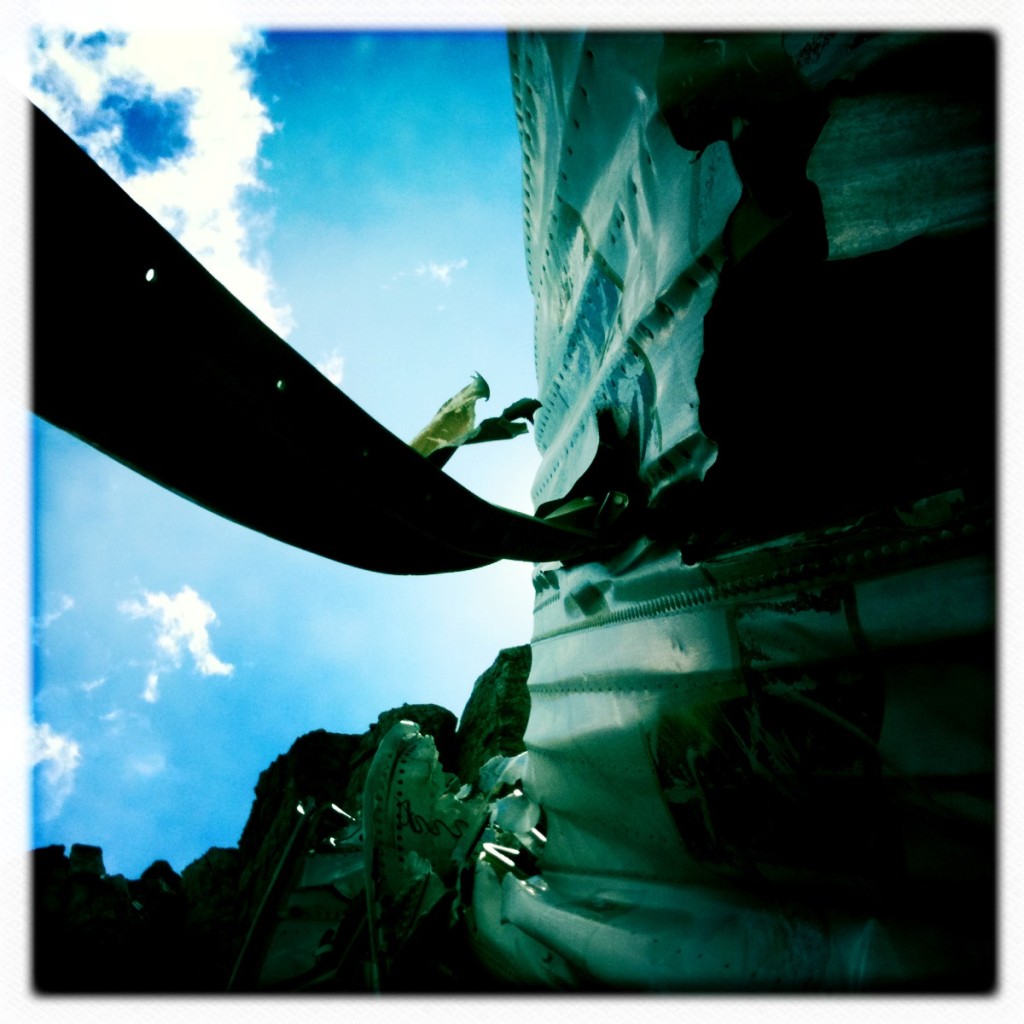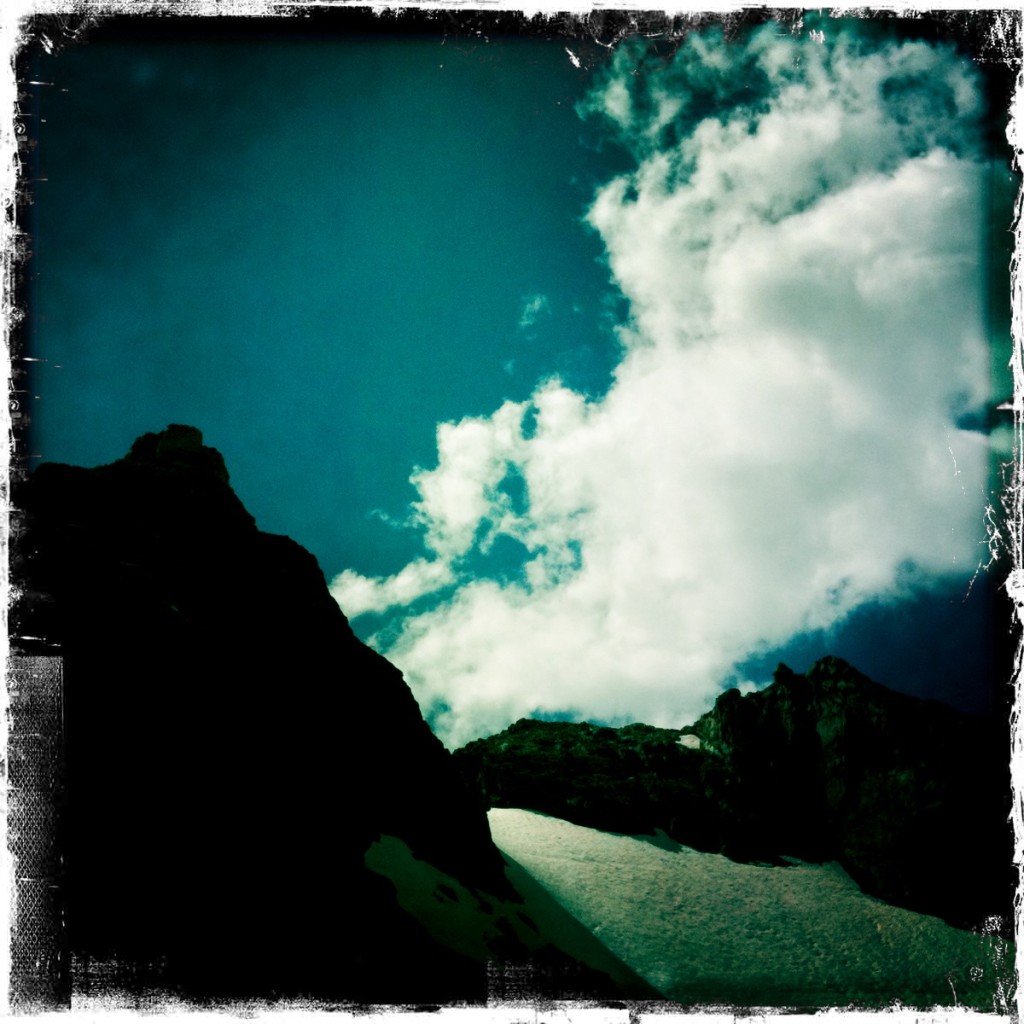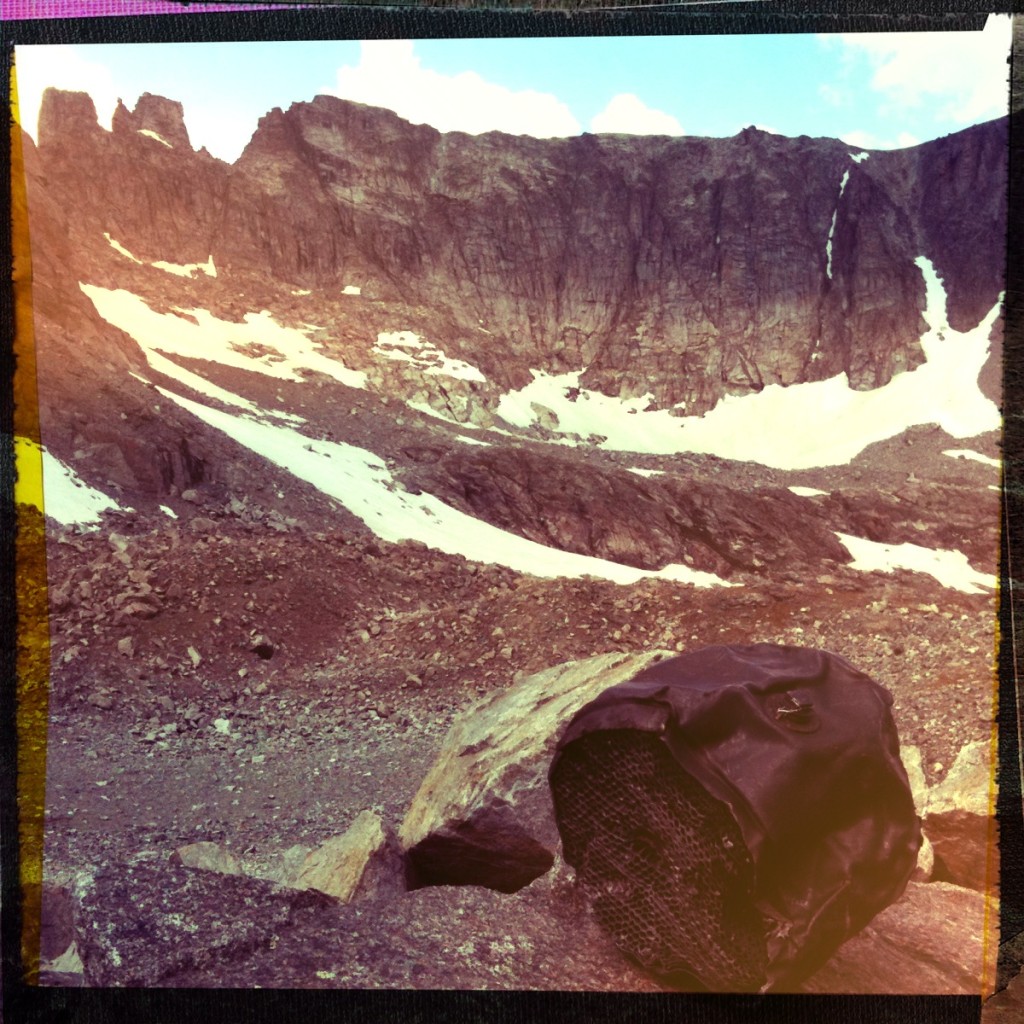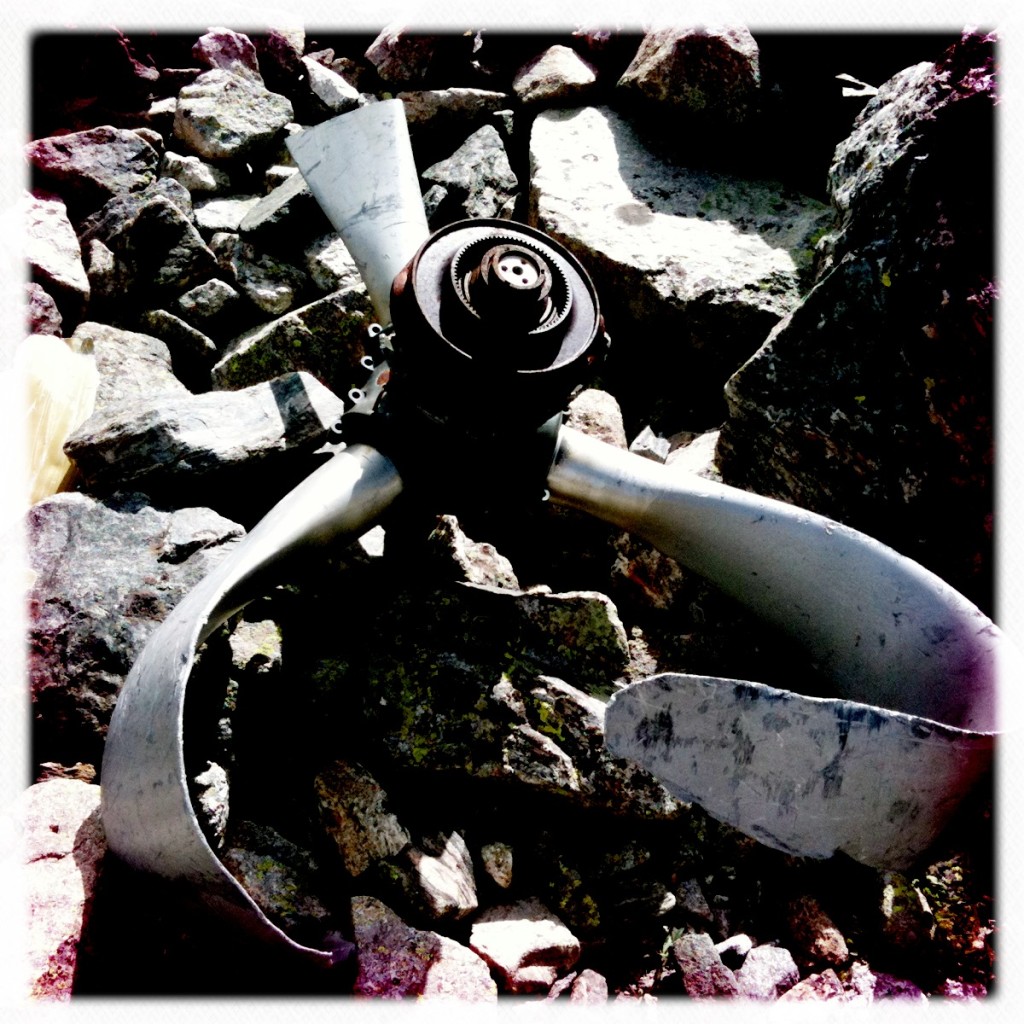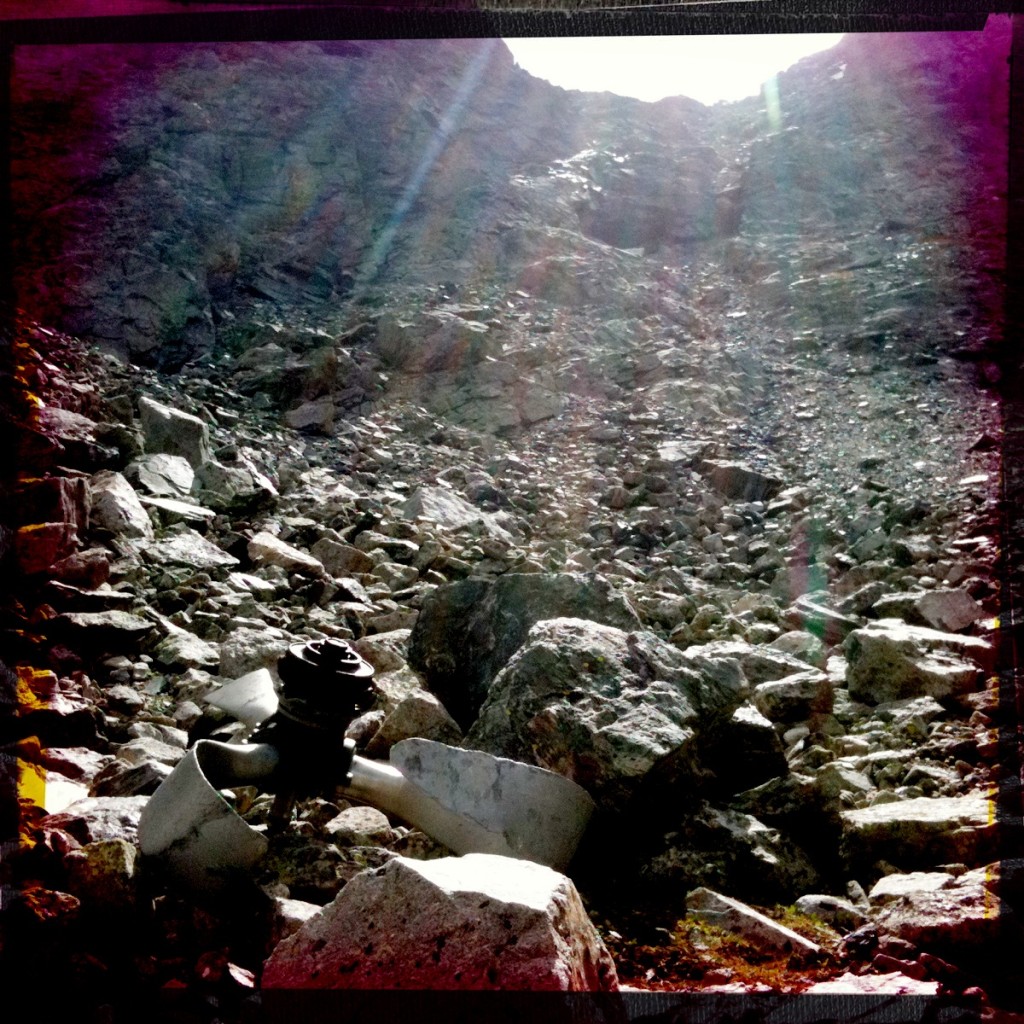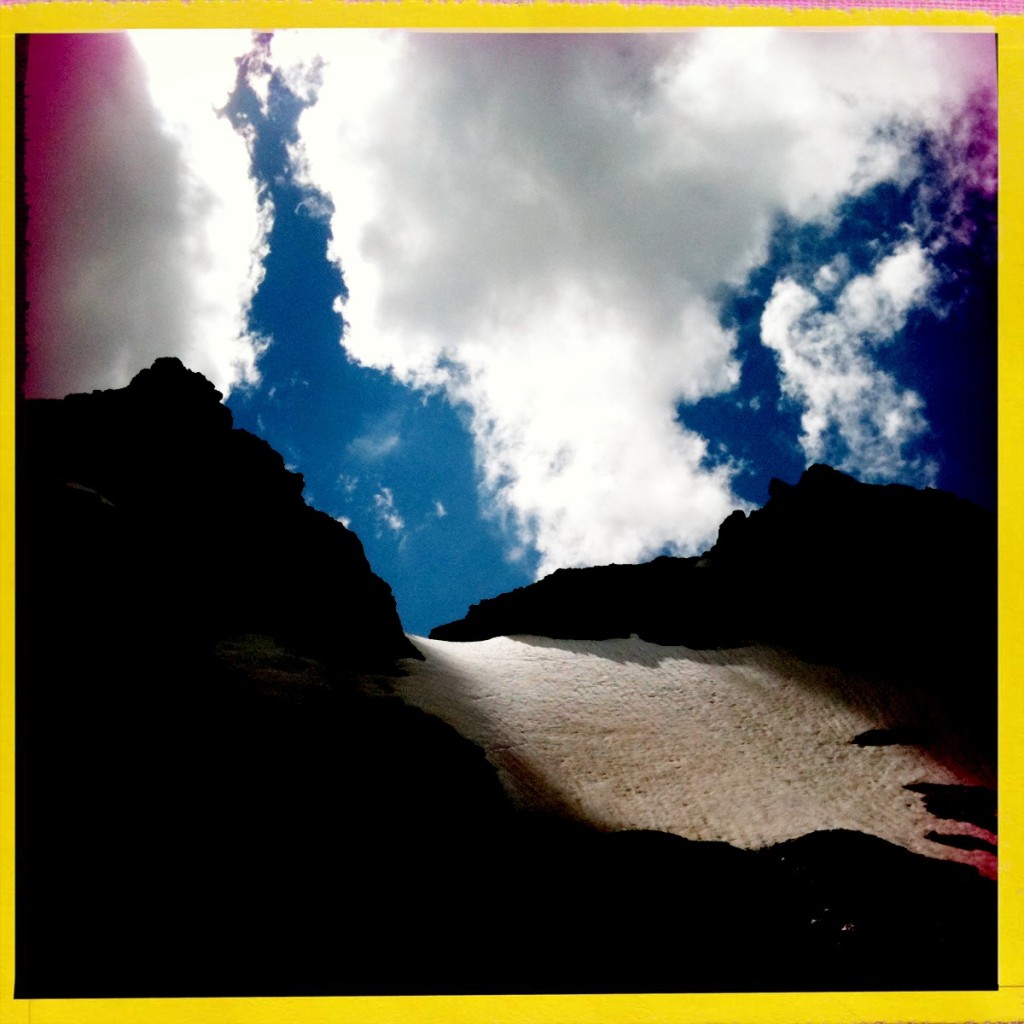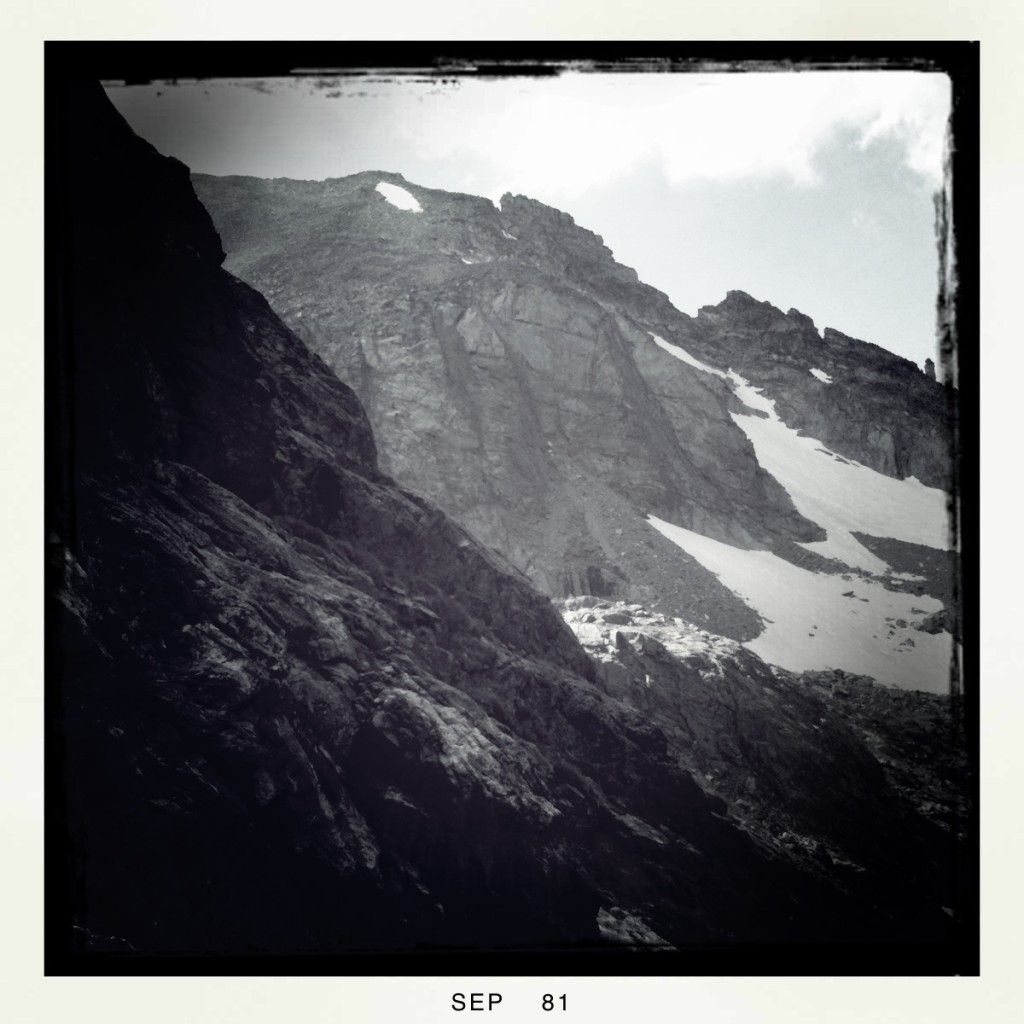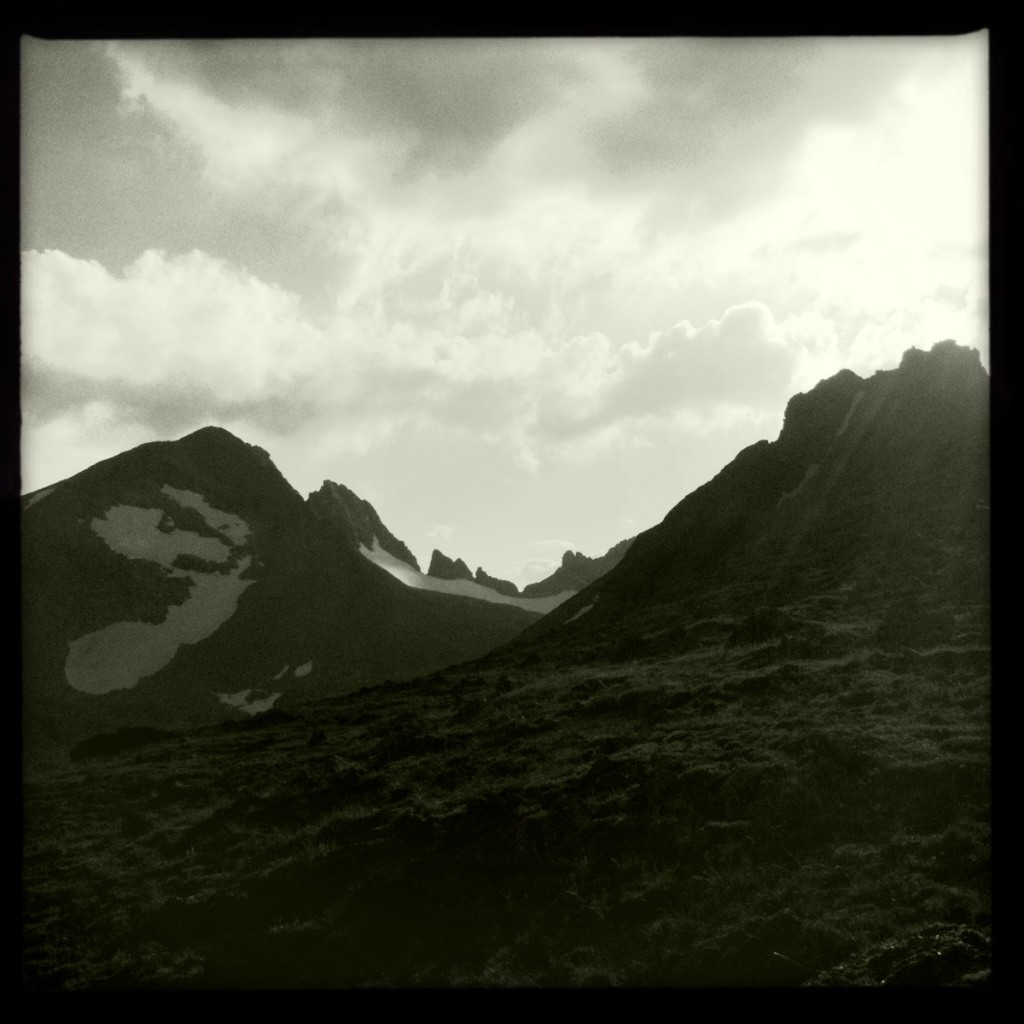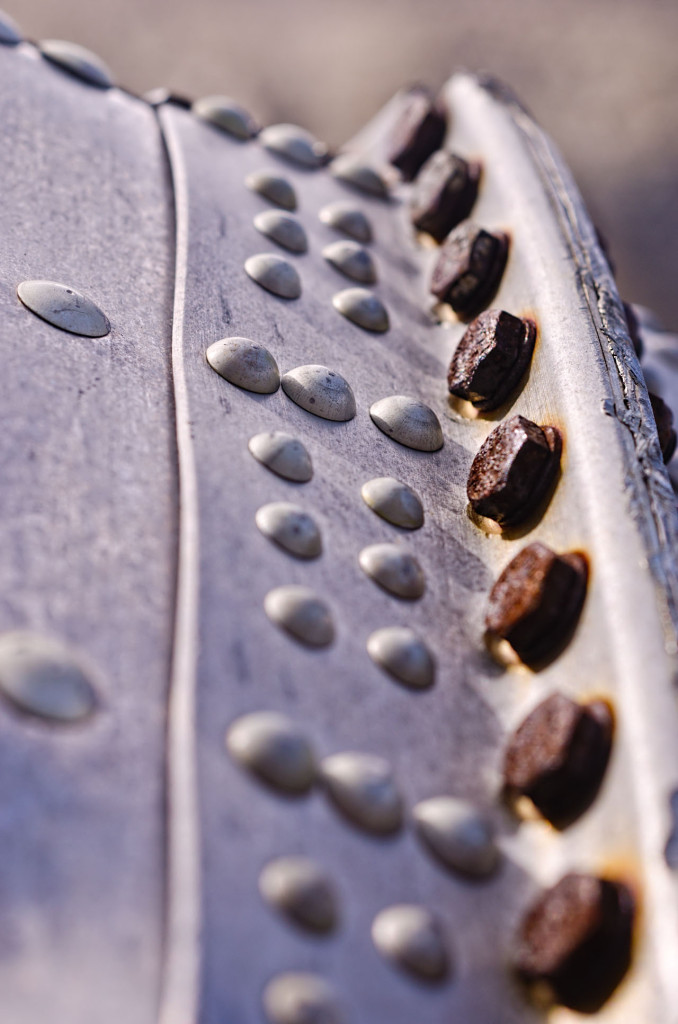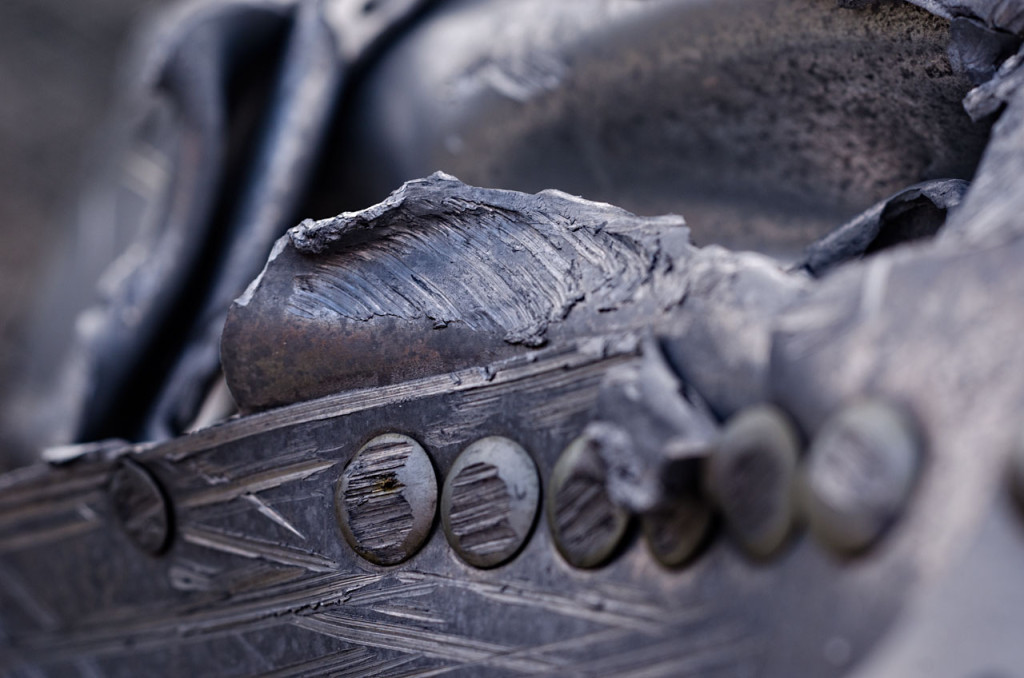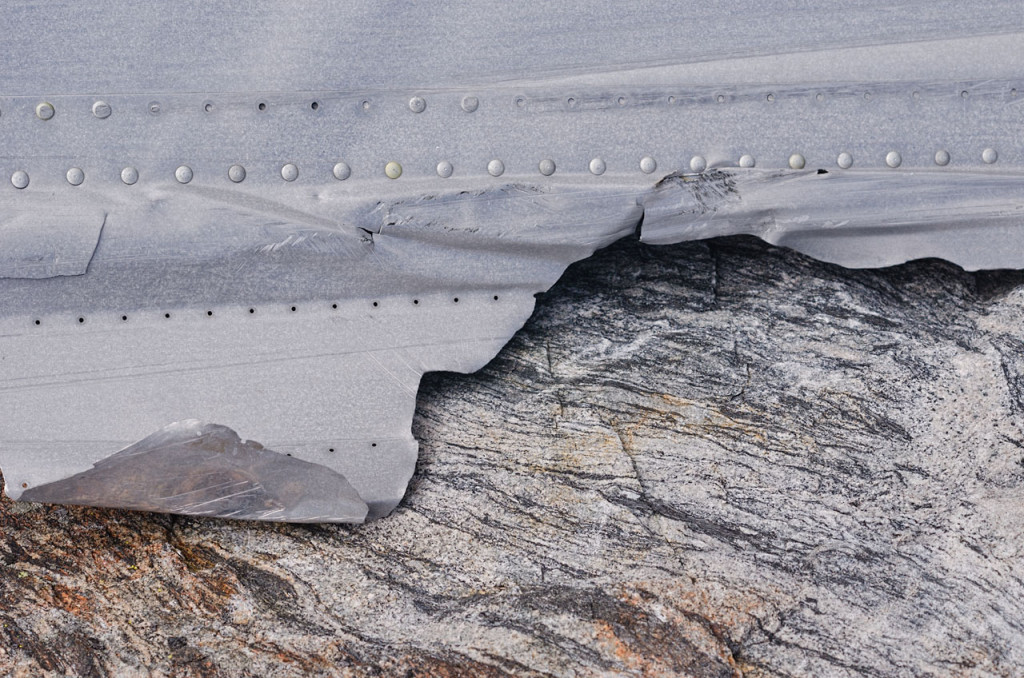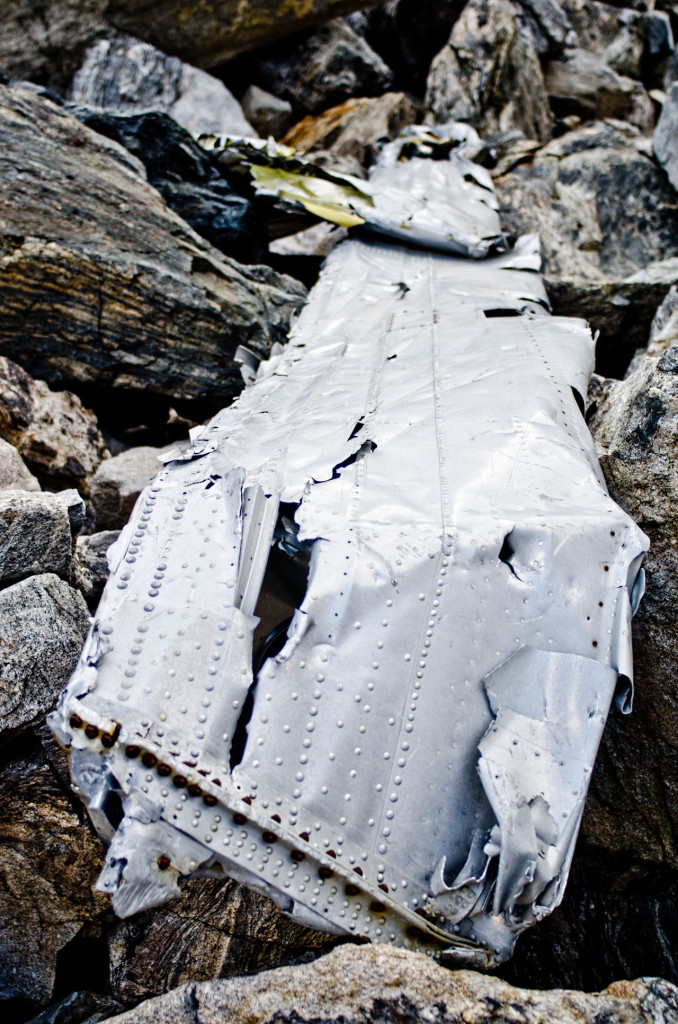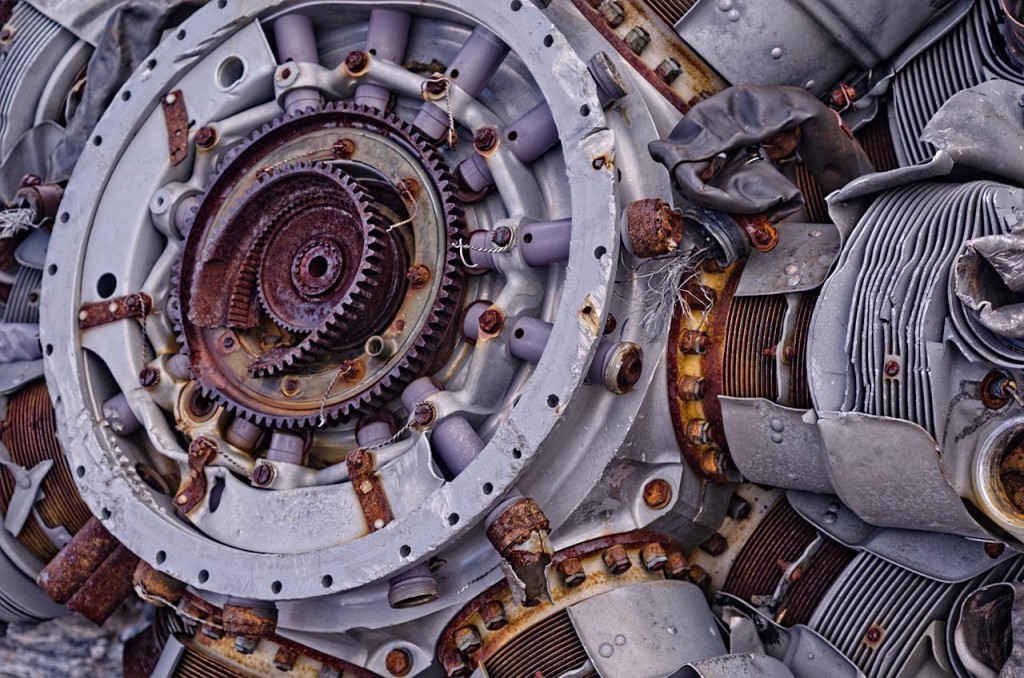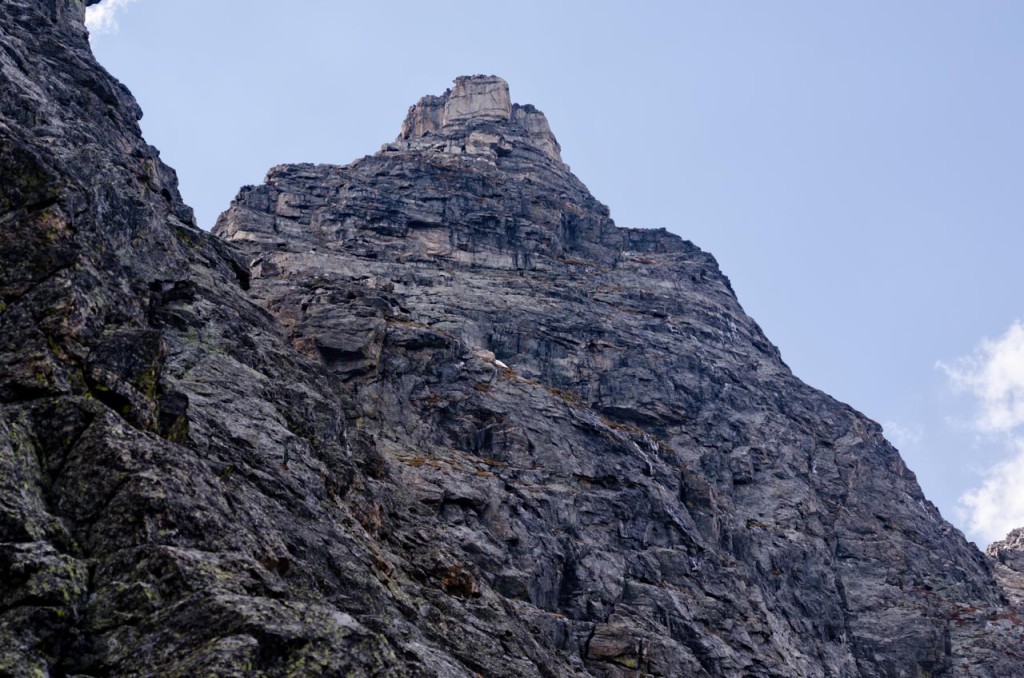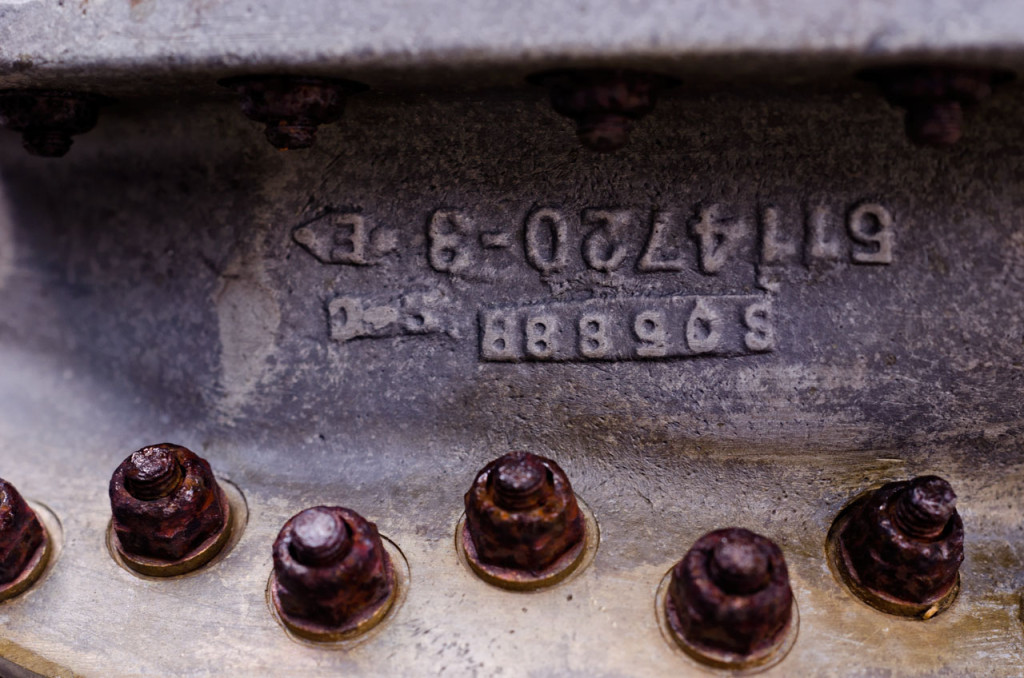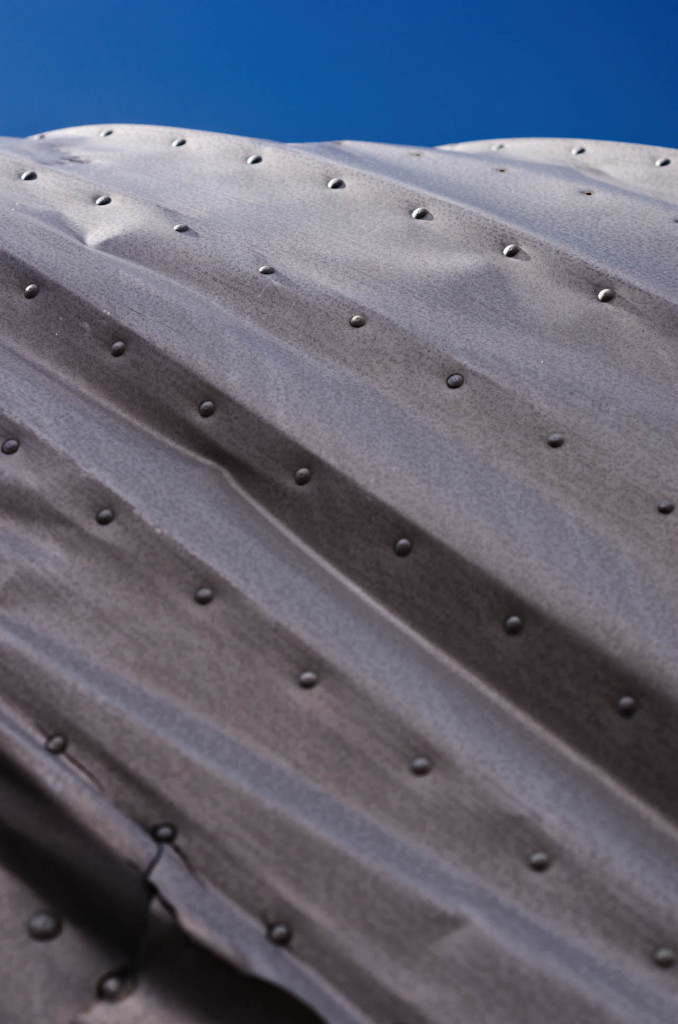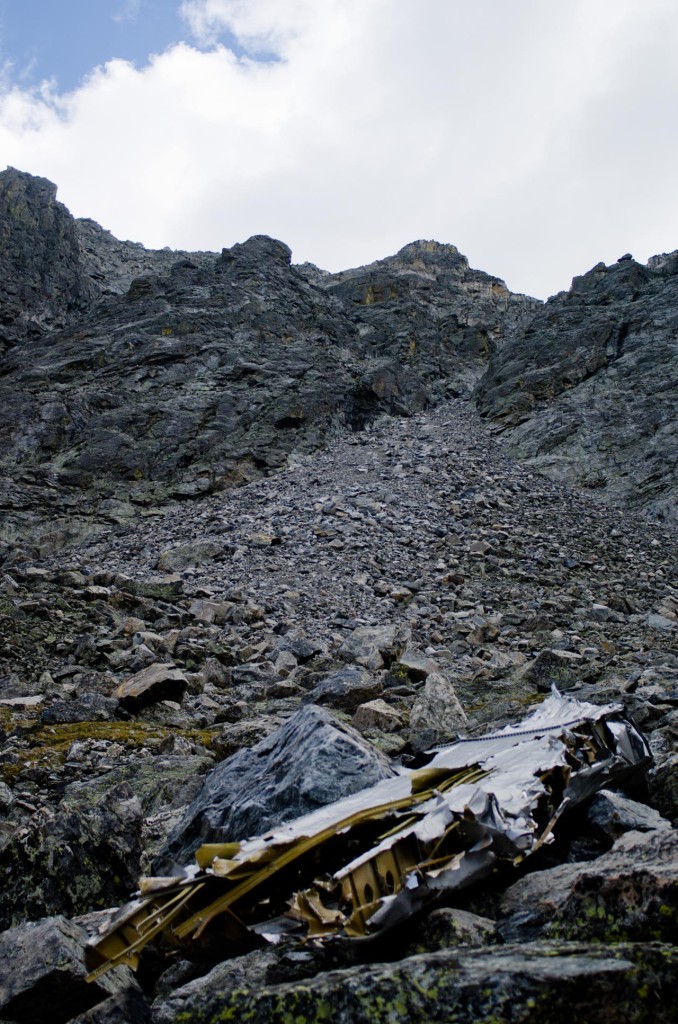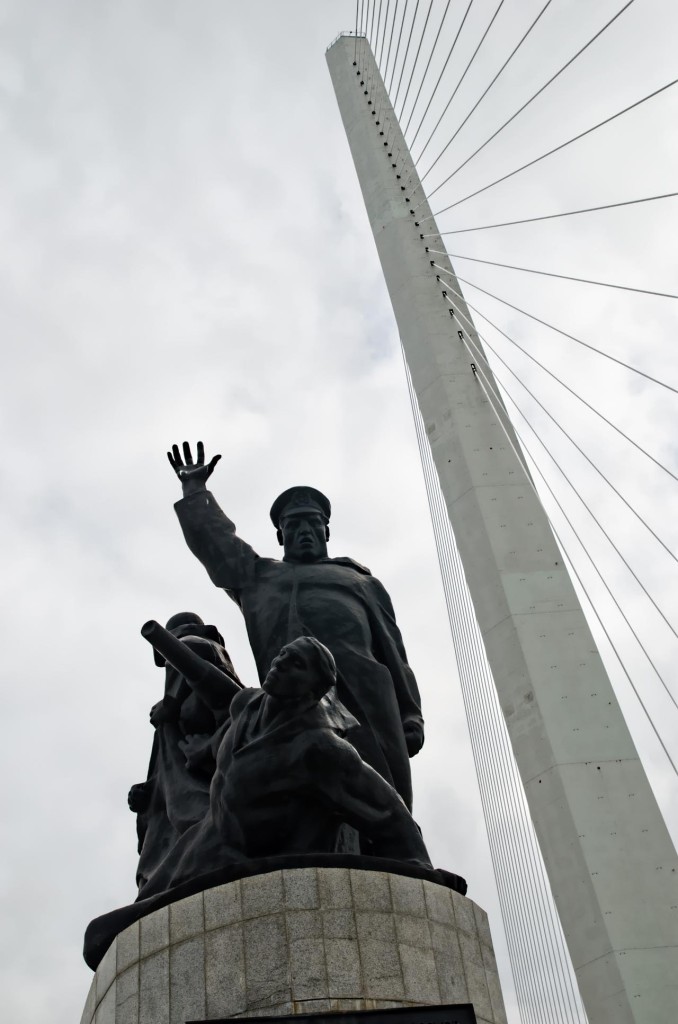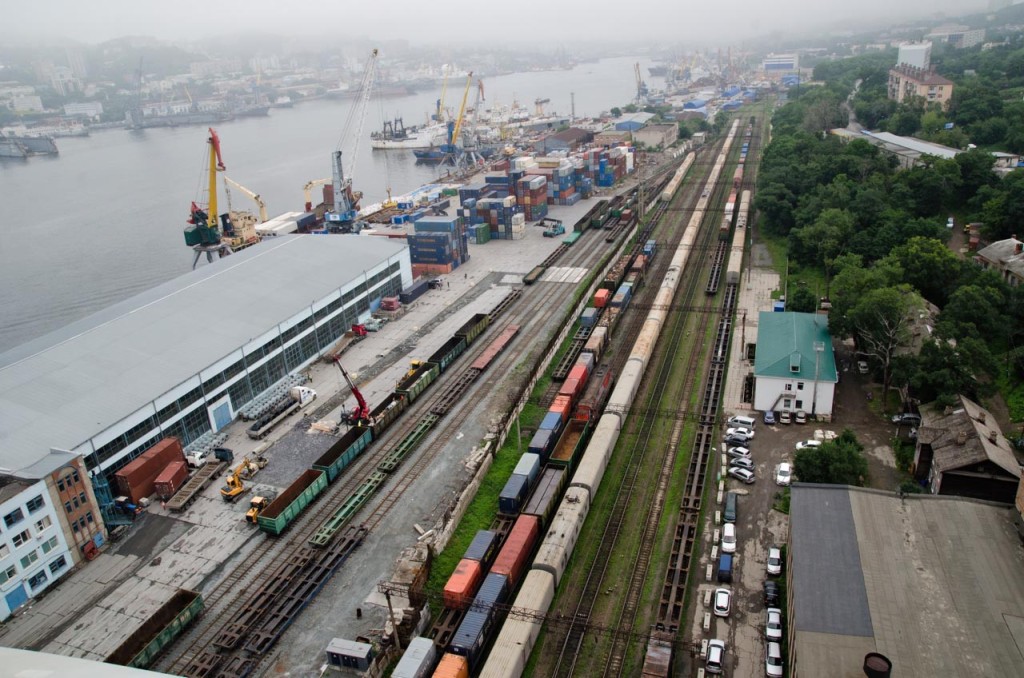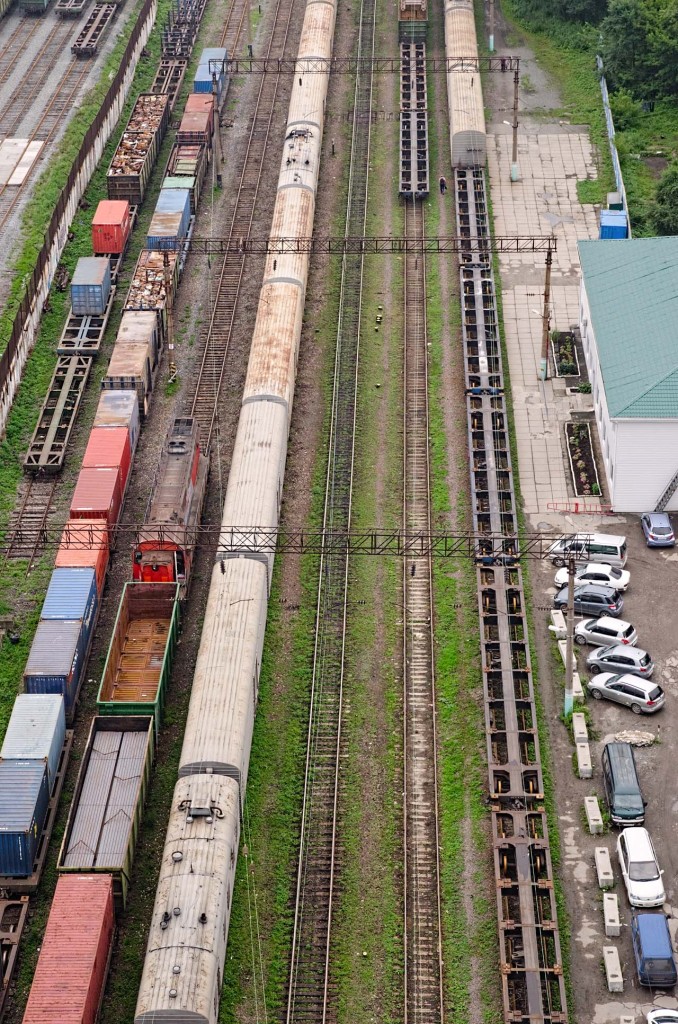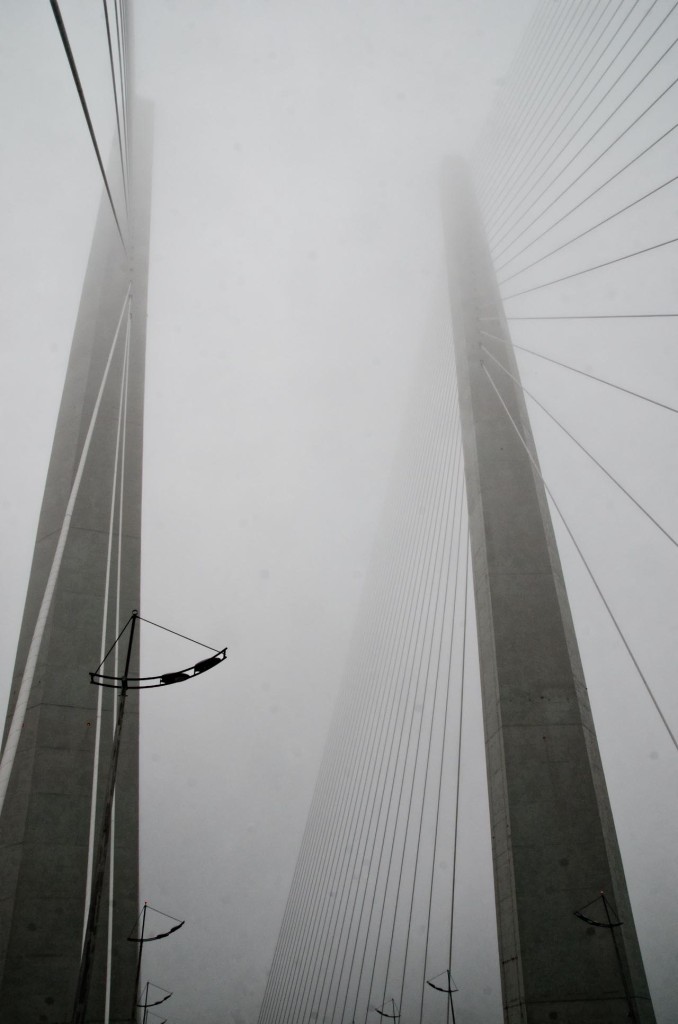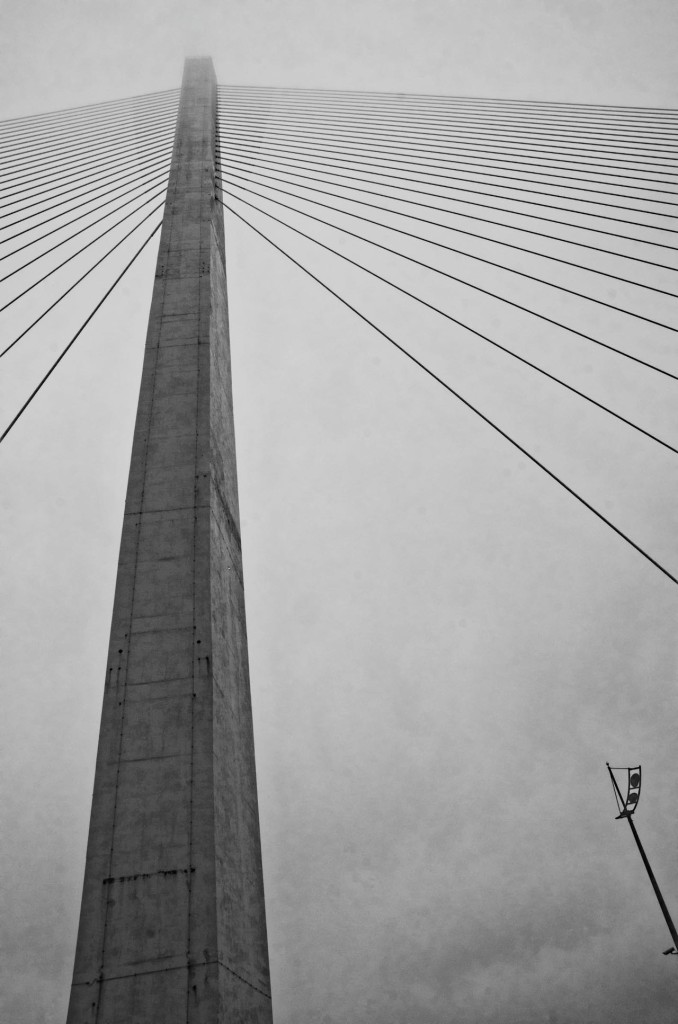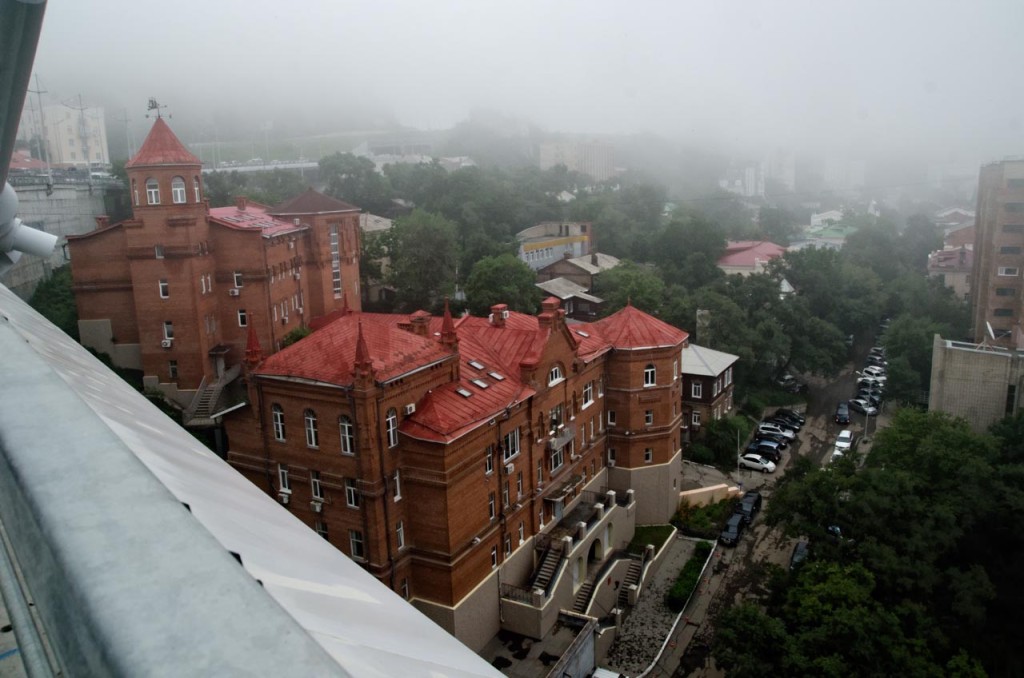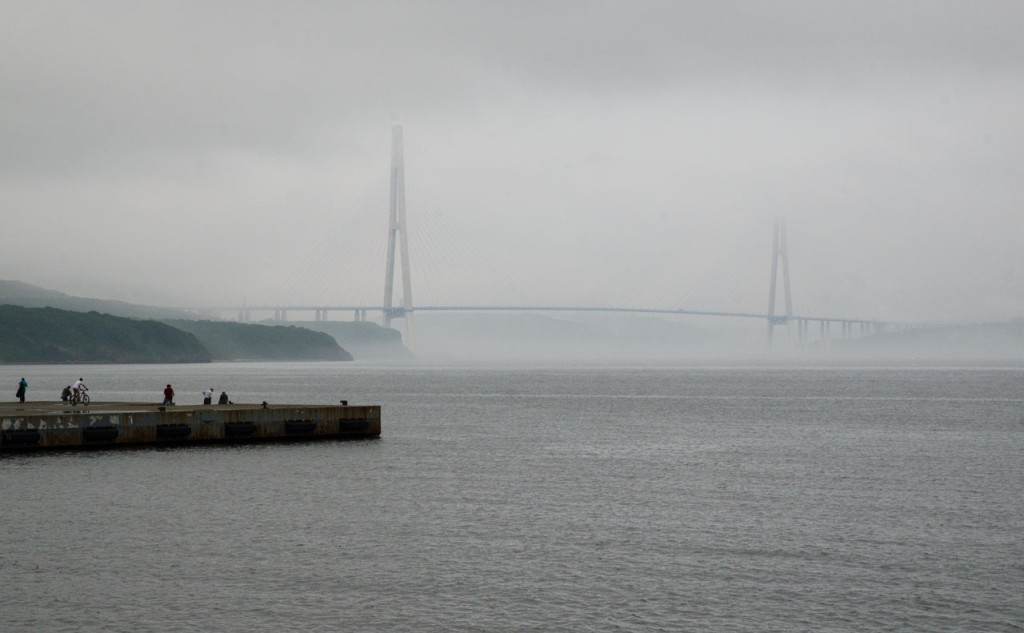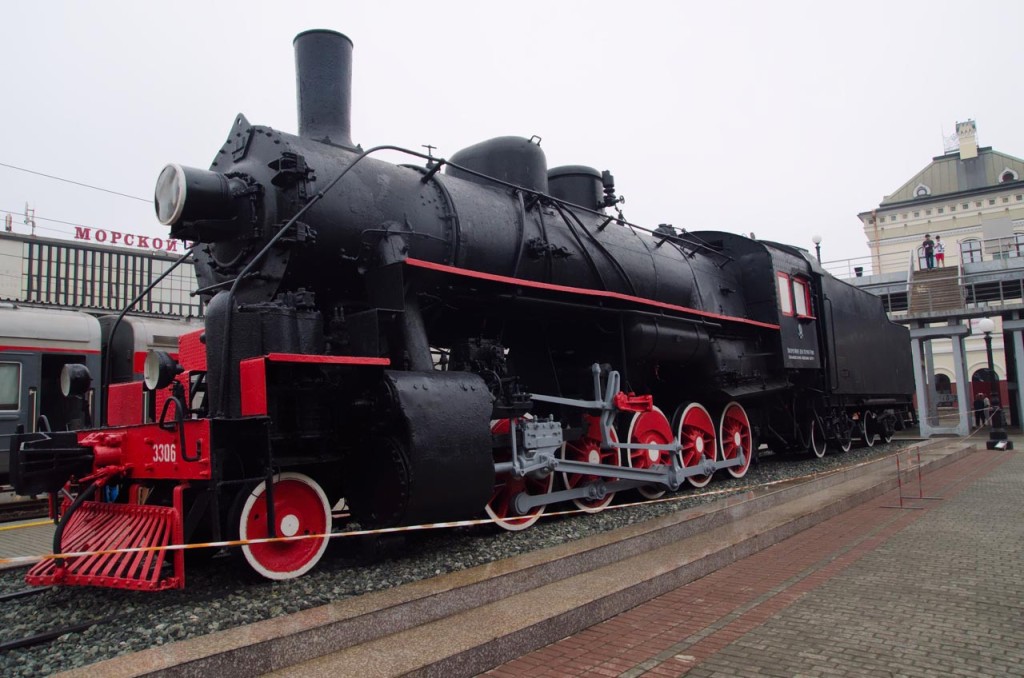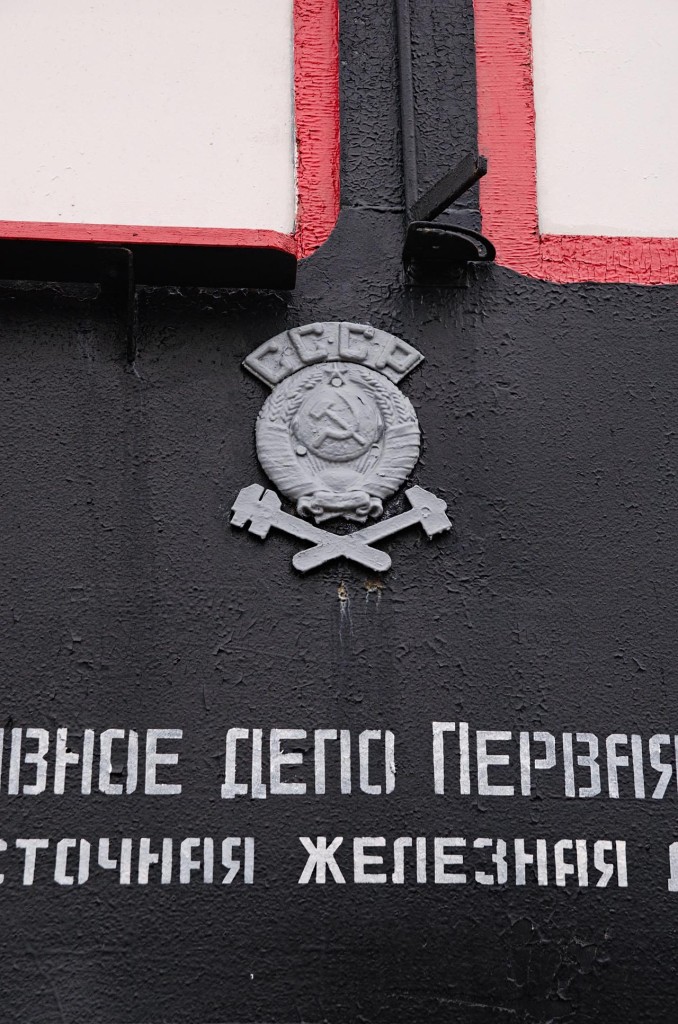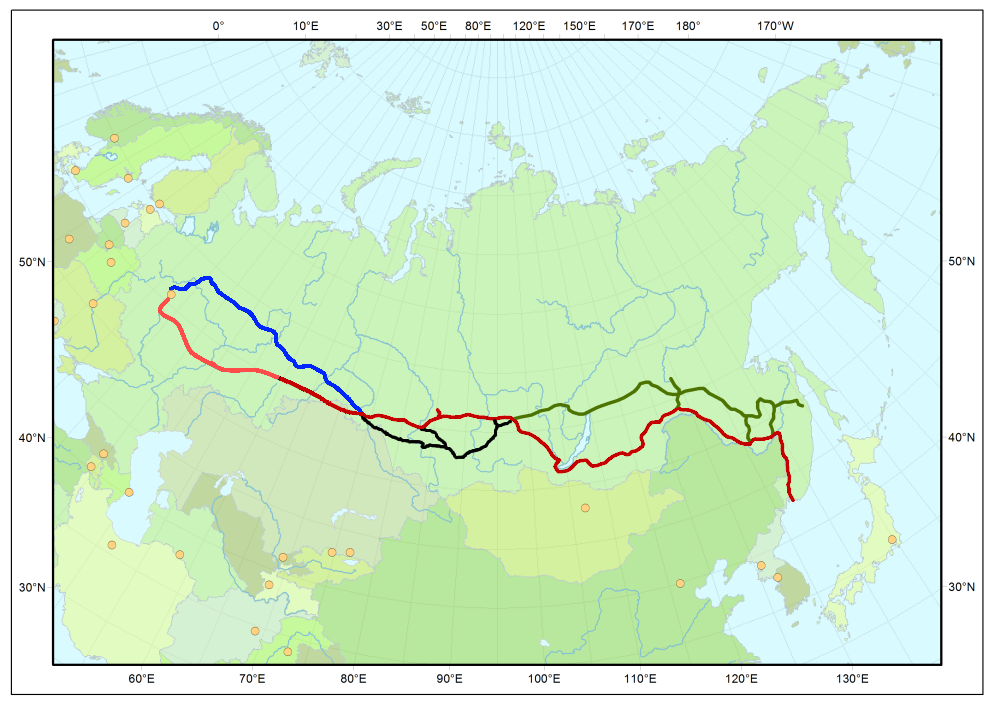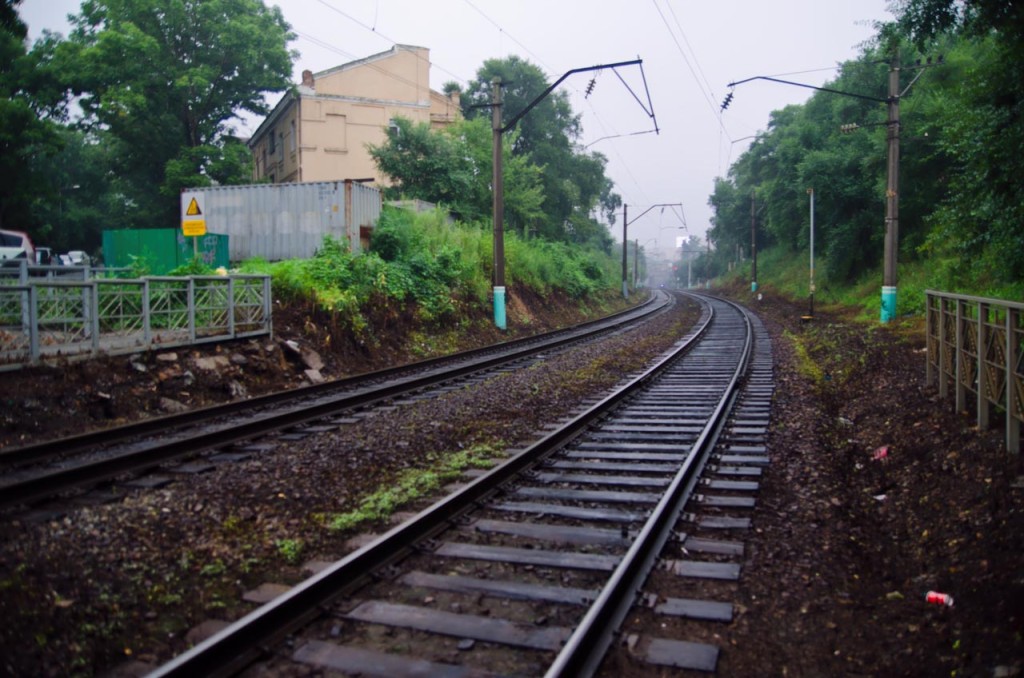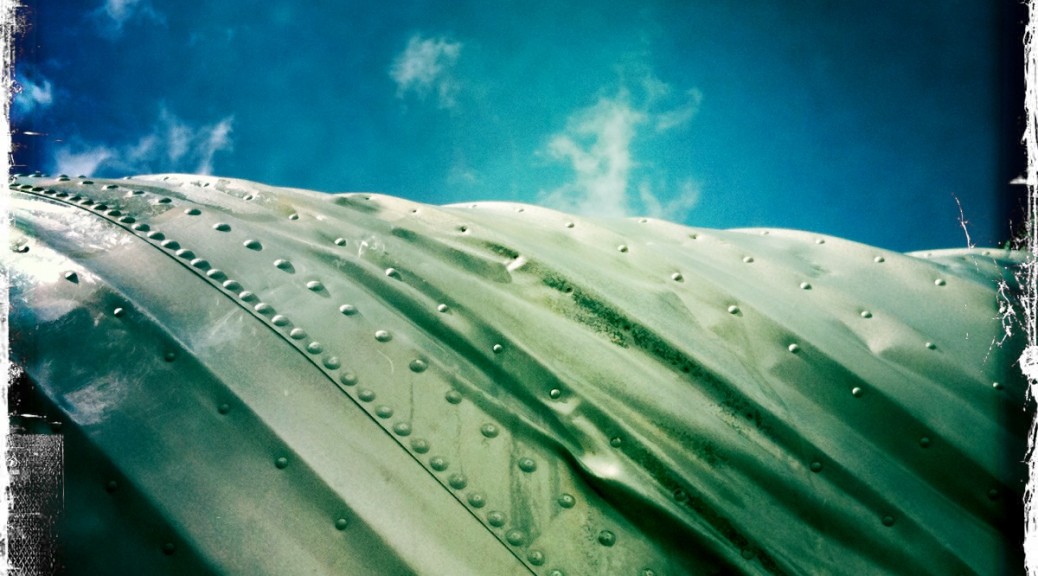
Category Archives: photo essays

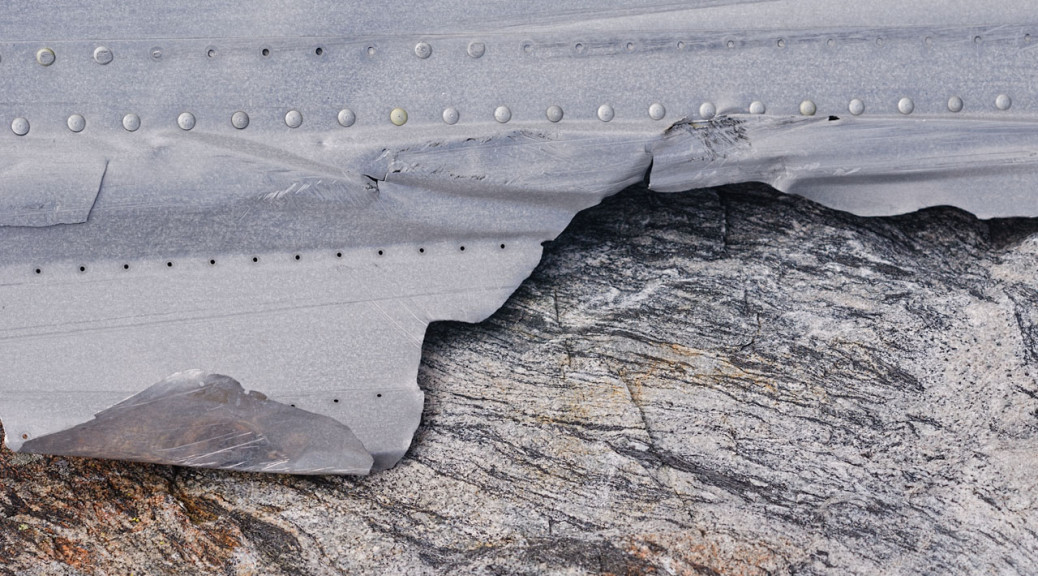
Navajo Peak and Airplane Gully
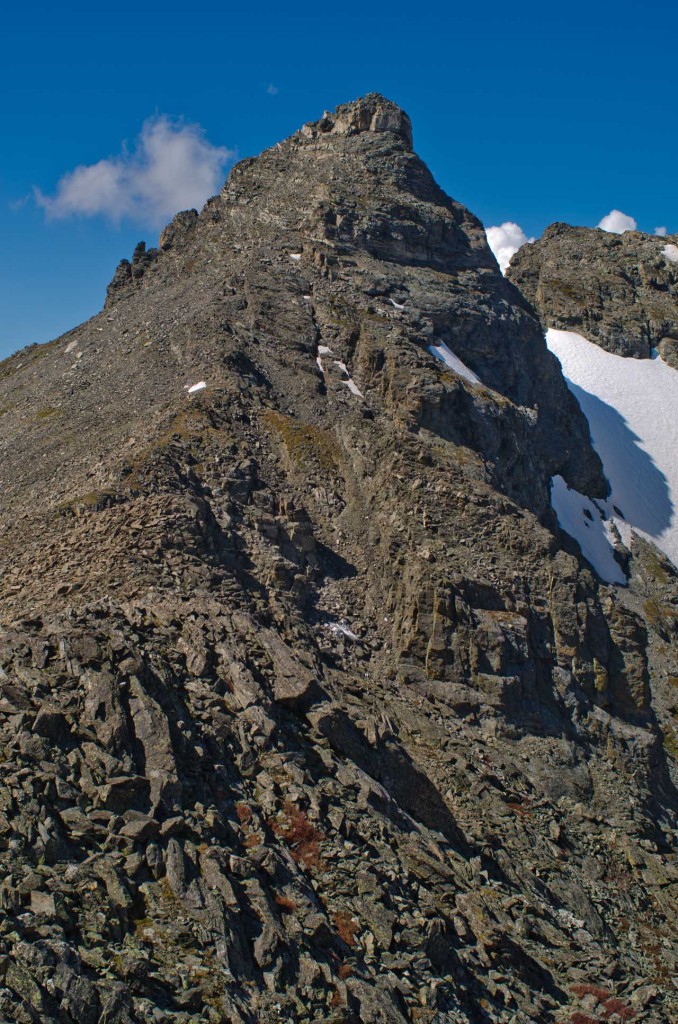
Navajo Peak and Airplane Gully. Part of the wreckage of the DC-3 can be seen below the center of the picture.
Excepts from the 1948 Accident Investigation Report:
[Aircraft] NC-206 [DC-3] departed from Denver, Colorado, at 1602 [January 21, 1948] for Grand Junction, Colorado.
Twenty-two minutes later, at 1624, the CAA communication station at Denver received a position report from the flight that it was at an altitude of 14,500 feet, 500 feet over the top of clouds, and 20 miles west of Denver. The flight also reported that they were experiencing severe turbulence.
At approximately 1630, aircraft NC-206[…] crashed 7 miles west southwest of Ward, Colorado, on Navajo Peak. The 3 occupants aboard were killed, and the aircraft was completely destroyed.
Impact and fire which followed completely destroyed the airplane.
A search was organized, and in spite of snowstorms and unfavorable weather on the night of January 21, 1948, search parties moved into the mountainous area from which the aircraft had last been heard. Snow continued for 7 days, covering the wreckage, and making it practically impossible to locate from either the air or the ground. As a result, the search parties were recalled January 28, but the aerial search continued. On May 23, 1948, the wreckage was located by an Air National Guard. It was found slightly below the summit and on the north side of Navajo Peak, which is approximately 7 miles west southwest of Ward, Colorado, or about 45 miles west northwest of Denver. Immediately after the wreckage was located from the air, a ground search party was dispatched to the scene […]The search party found that the aircraft had struck the north northeast side of Navajo Peak approximately 500 feet below the summit, and at an elevation of 12,900 feet above sea level. […] First point of impact was on an almost vertical wall of rock, and the places where the engines had struck were clearly defined by oil spots and scars in the rock.
Probable Cause
The Board determines that the probable cause of this accident was an excessive loss of altitude resulting from a downdraft in an area of severe turbulence.—
One of the men that died in the accident was survived by a four-month-old son.
Navajo Peak, Indian Peaks Wilderness.
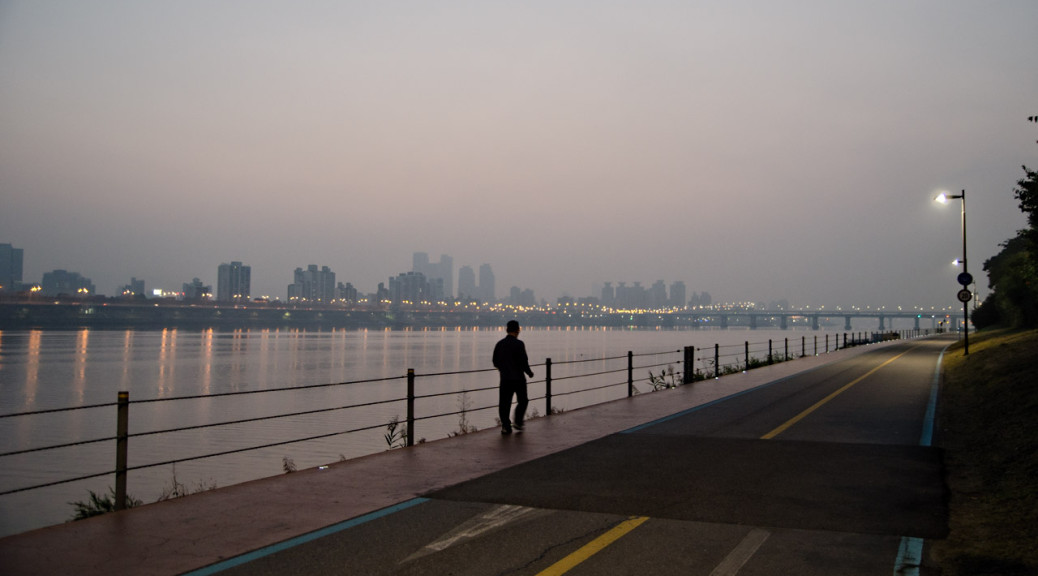
Cities on the Han
Saturday, September 26. Seoul to Chunju along the Namhangang bike path.
I take the night Mugunghwa train to Seoul. I arrive at 4:30 am and begin biking south towards the Han. I pass the high walls of the American military base, and the Dragon Hill neighborhood.
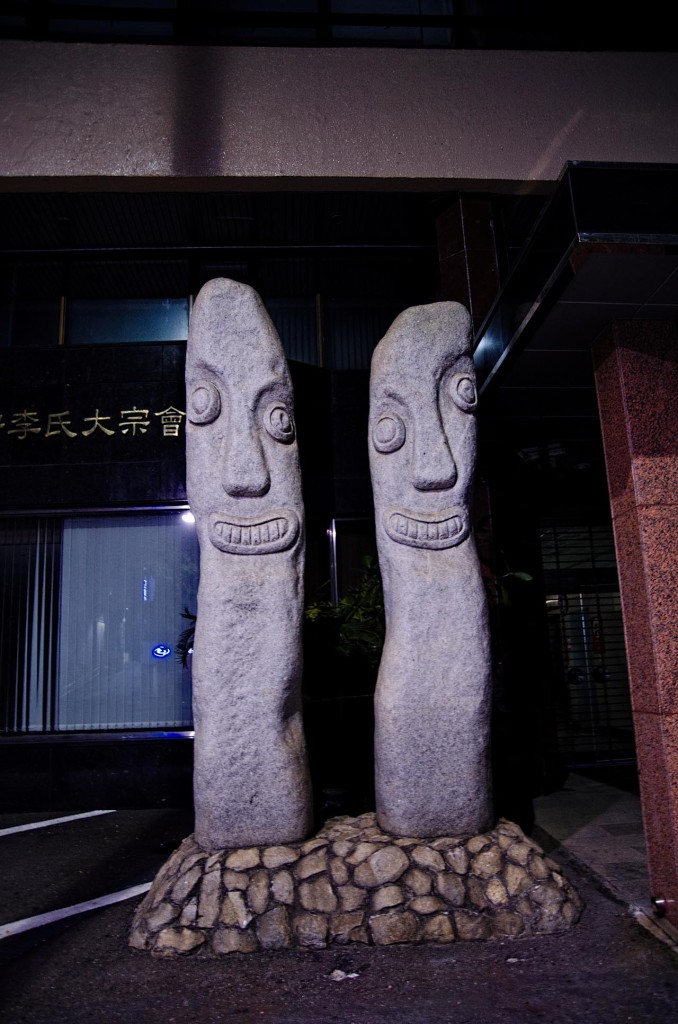 I reach the river sometime after 5am.
I reach the river sometime after 5am.
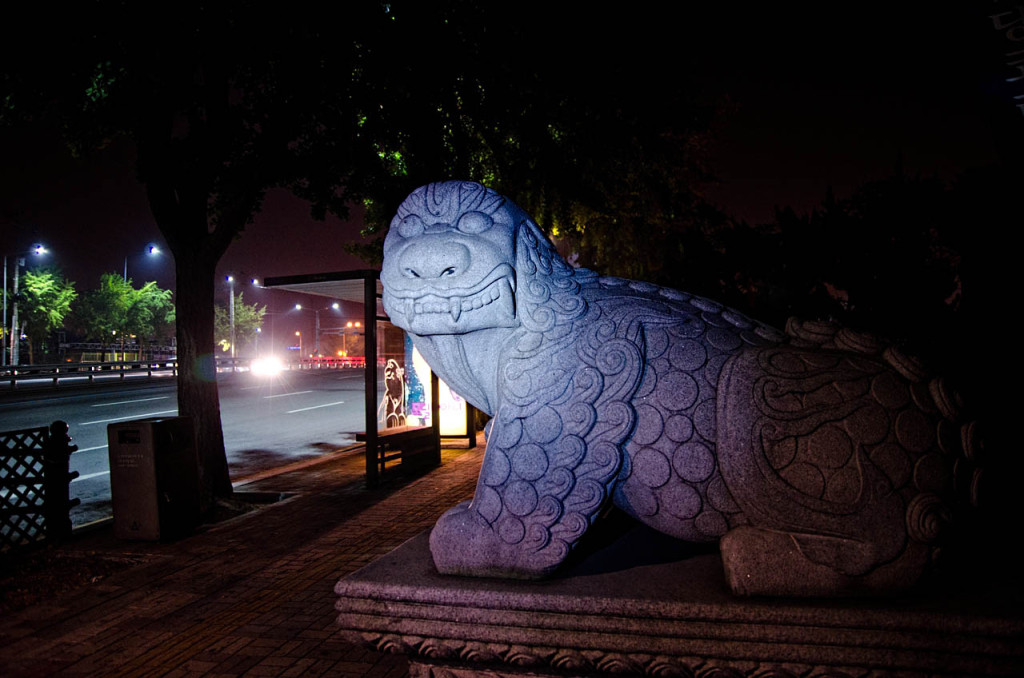 A Haetae 獬豸near Hangang Bridge.
A Haetae 獬豸near Hangang Bridge.
As I cross the bridge, I hear a siren and look back. A small convoy of emergency vehicles enter the bridge behind me. They drive slowly. I dismount my bike and walk to the edge of the bridge. The water below is an empty field of darkness framed by a constellation of hovering window lights kept on by an army of hardworking Koreans.
From around an island, an emergency response speedboat floats quickly in my direction. It scans the water with a searchlight. They seem to be looking for someone.
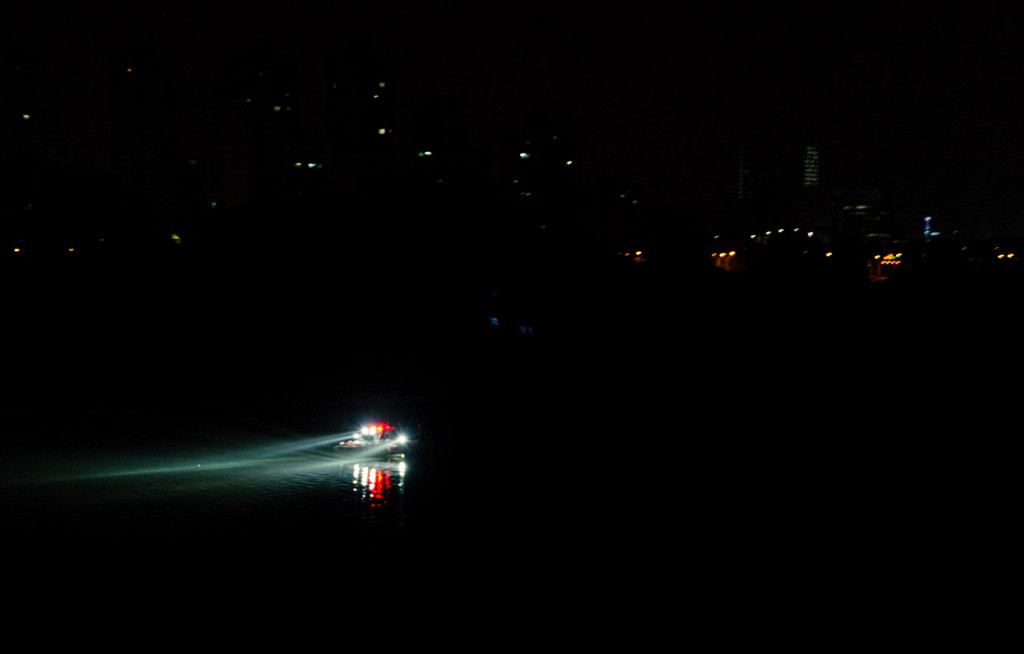 I travel east. The sun begins to uncover the city.
I travel east. The sun begins to uncover the city.
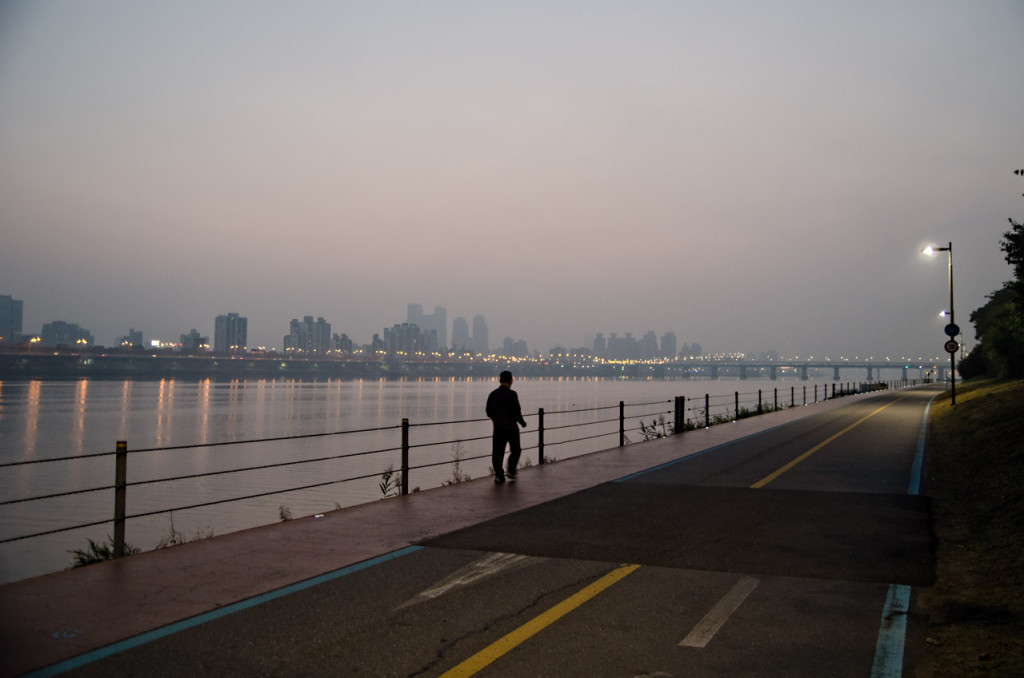 Twenty seven bridges cross the Han in Seoul.
Twenty seven bridges cross the Han in Seoul.
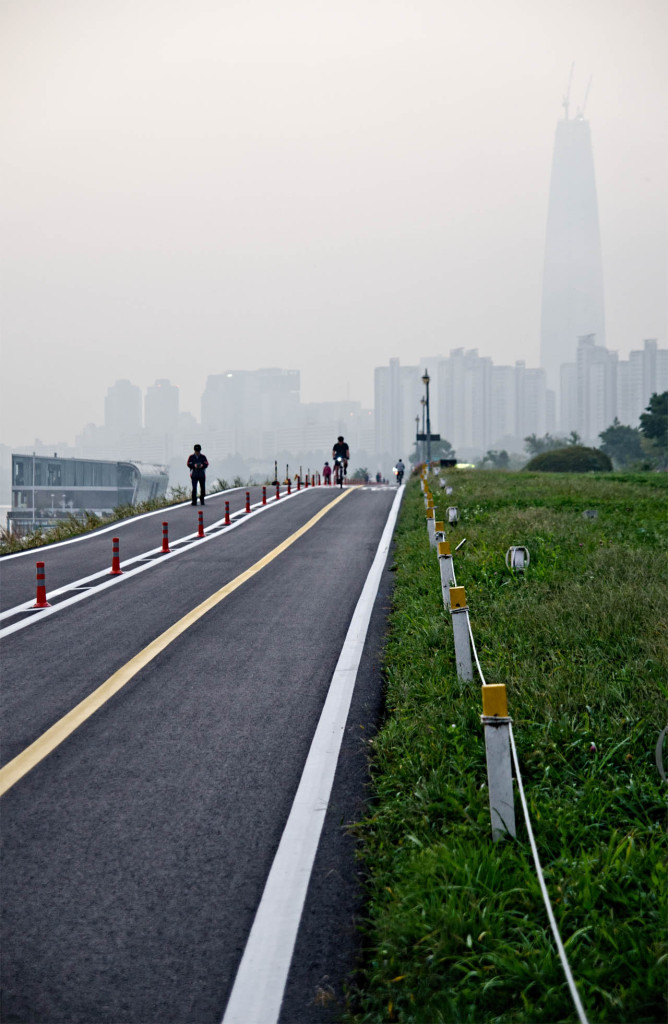 Up ahead the unfinished Lotte World Tower rises in the morning haze.
Up ahead the unfinished Lotte World Tower rises in the morning haze.
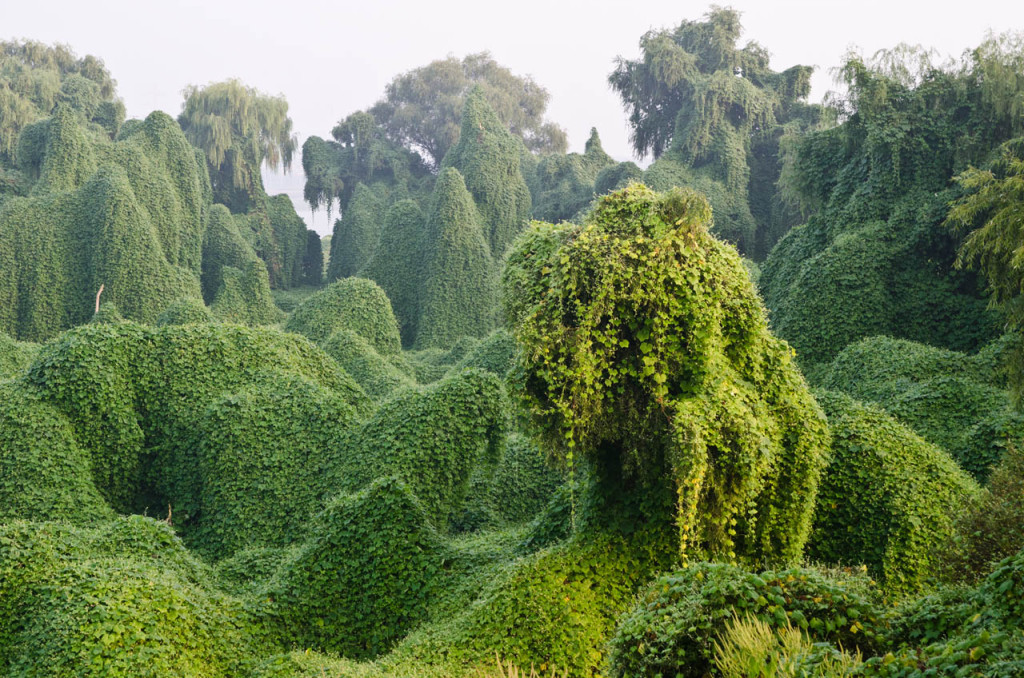 Kilometers beyond the capital, camouflaged creatures meet me at the banks of the Han.
Kilometers beyond the capital, camouflaged creatures meet me at the banks of the Han.
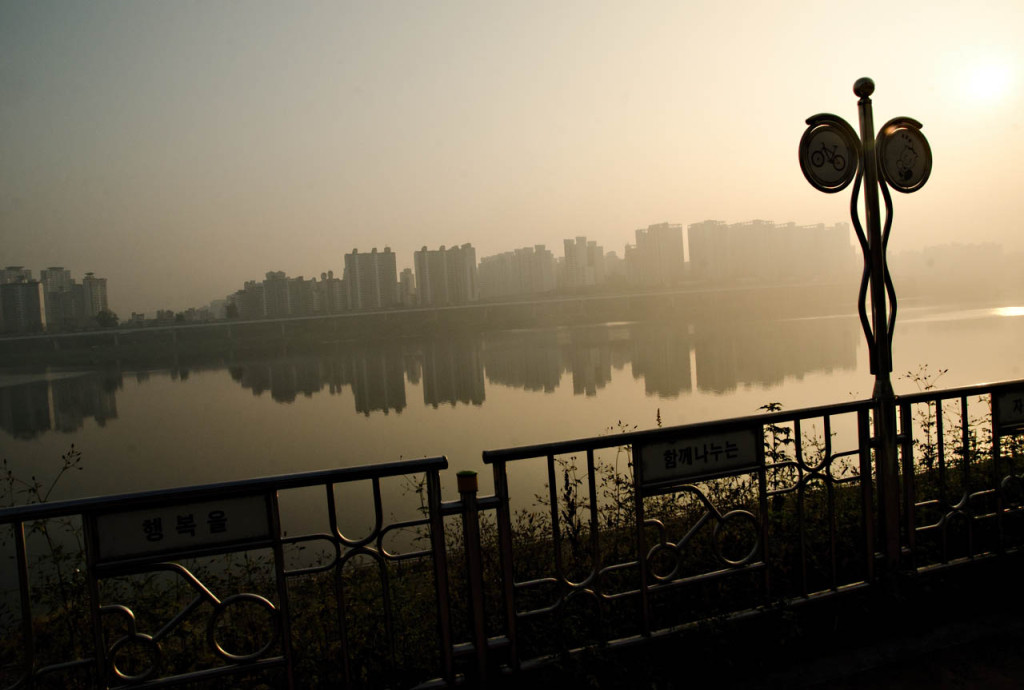 A city on the Han.
A city on the Han.
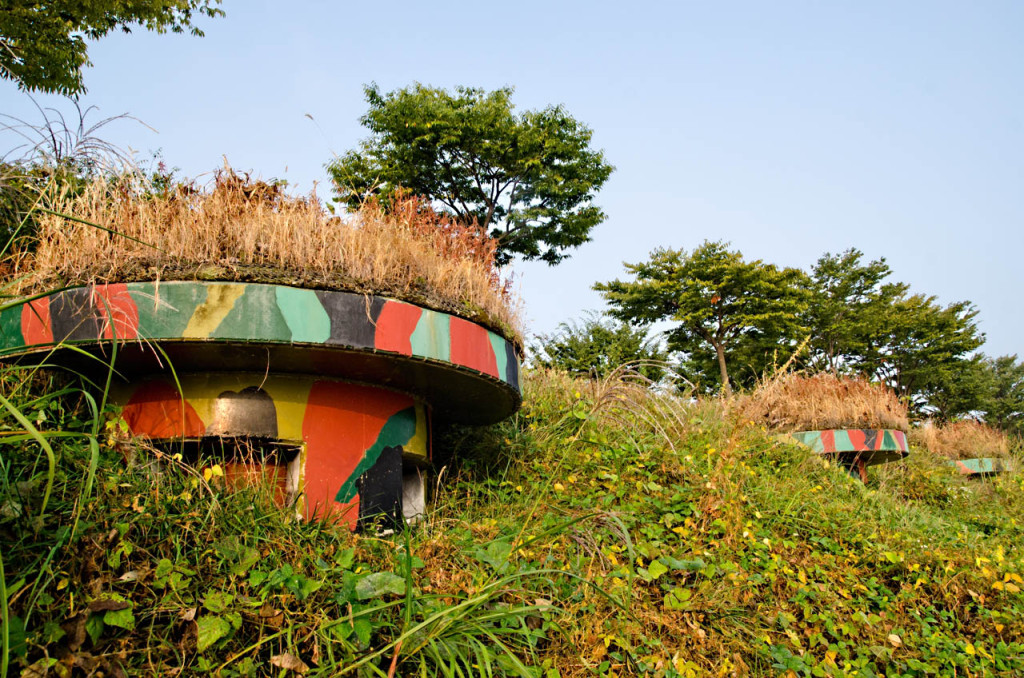 Gun emplacements guarding the waterway against possible northern aggression.
Gun emplacements guarding the waterway against possible northern aggression.
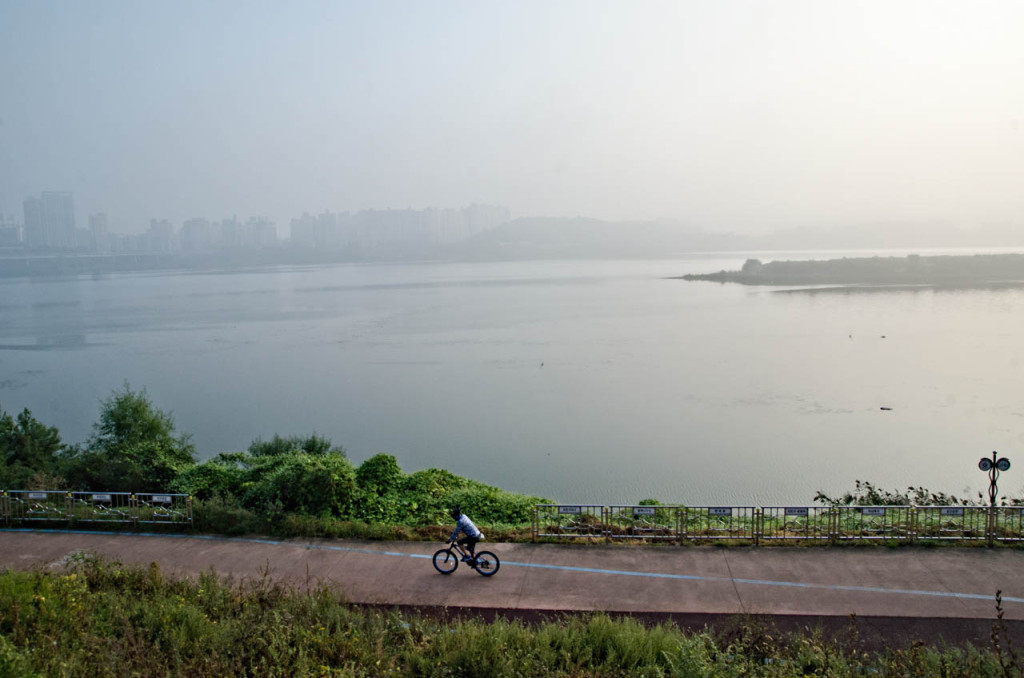
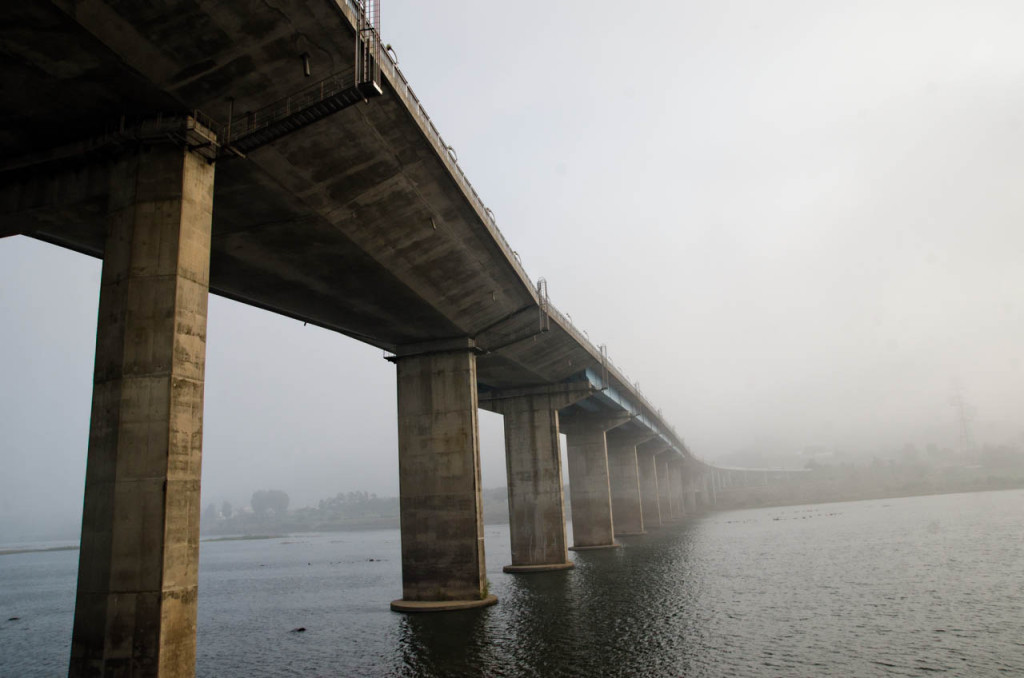
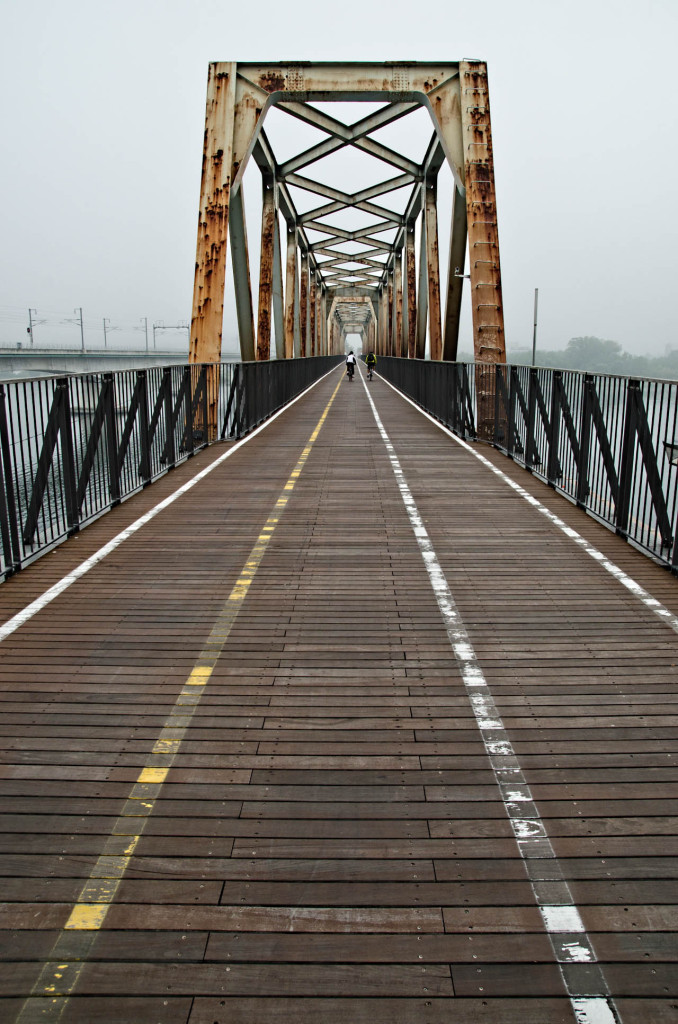
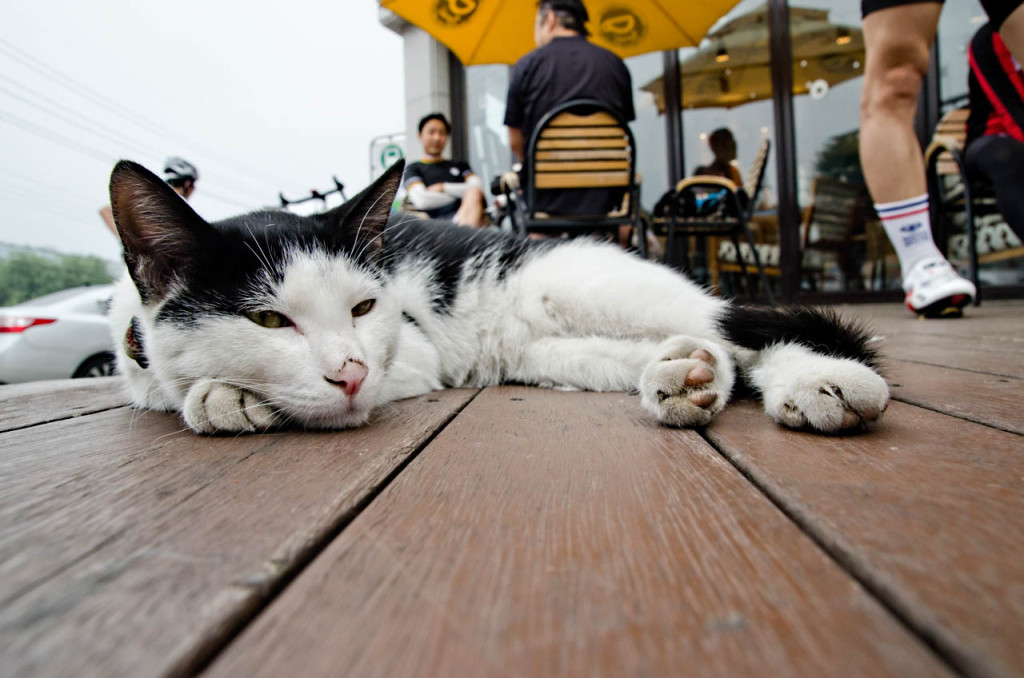 Lunch time. A cat and bikers outside a cafe near Paldang Bridge 八堂大橋.
Lunch time. A cat and bikers outside a cafe near Paldang Bridge 八堂大橋.
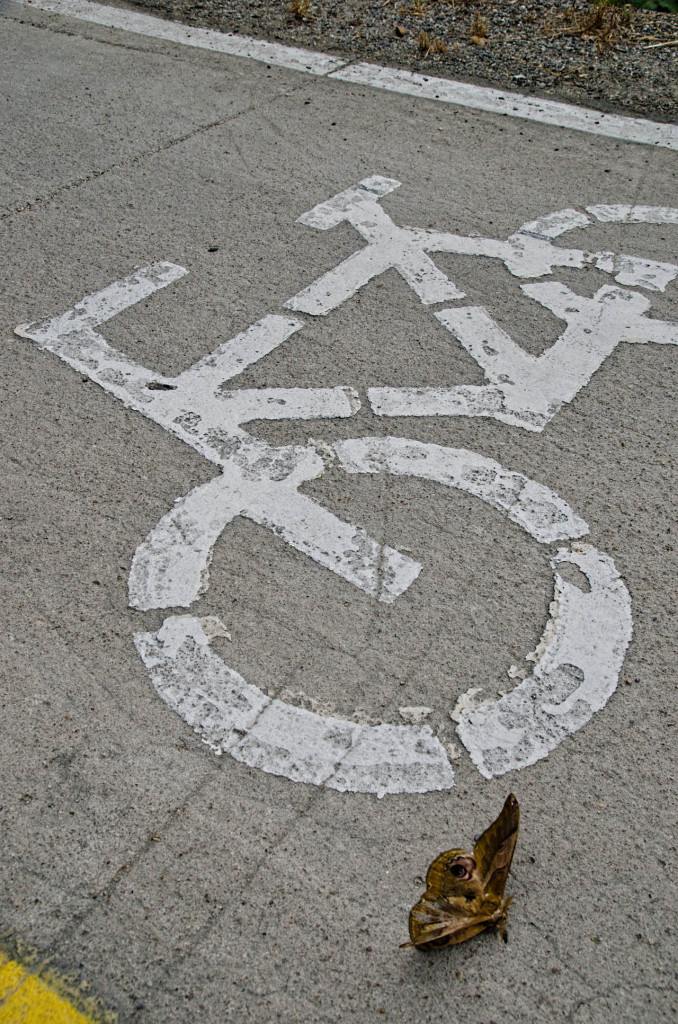 Plenty of small roadkill along the path.
Plenty of small roadkill along the path.
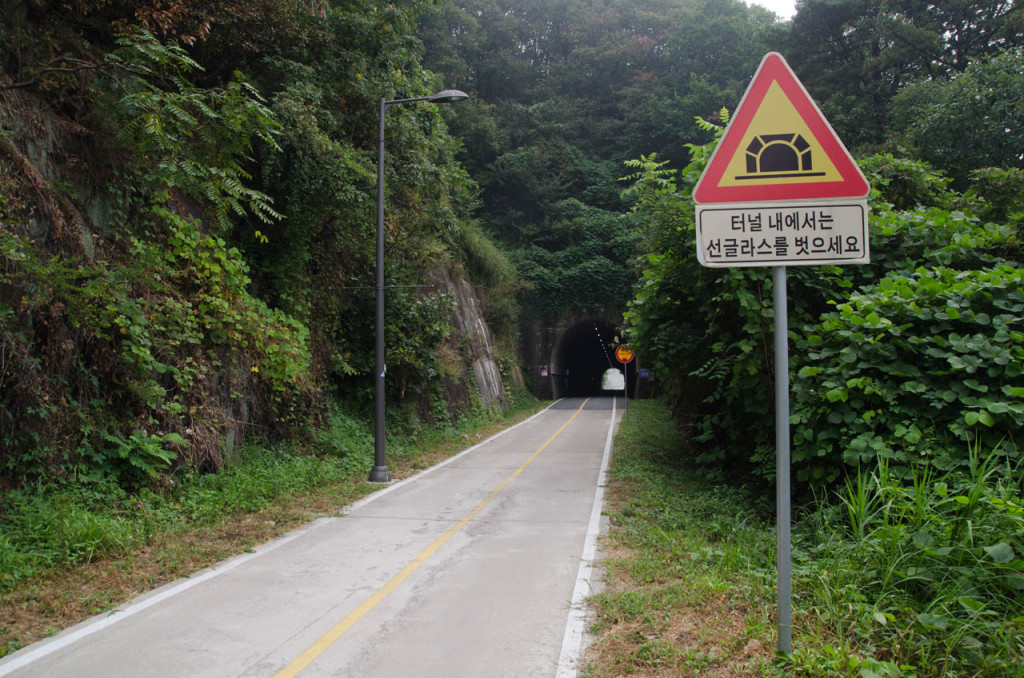 Railroad tunnels turned into bike tunnels.
Railroad tunnels turned into bike tunnels.
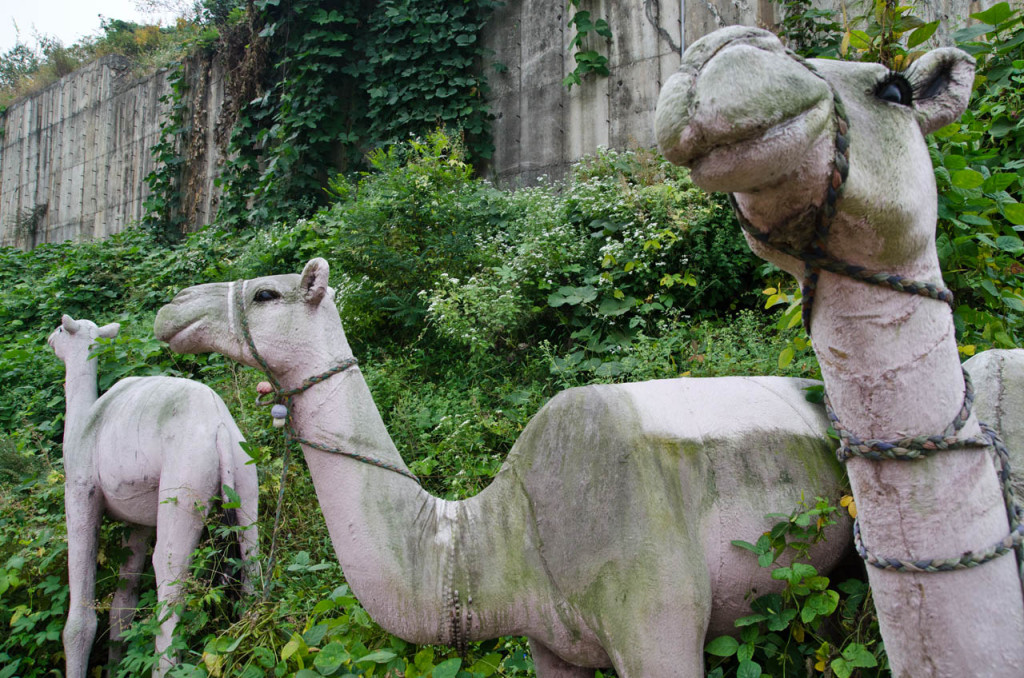 Camels in the Korean wilderness.
Camels in the Korean wilderness.
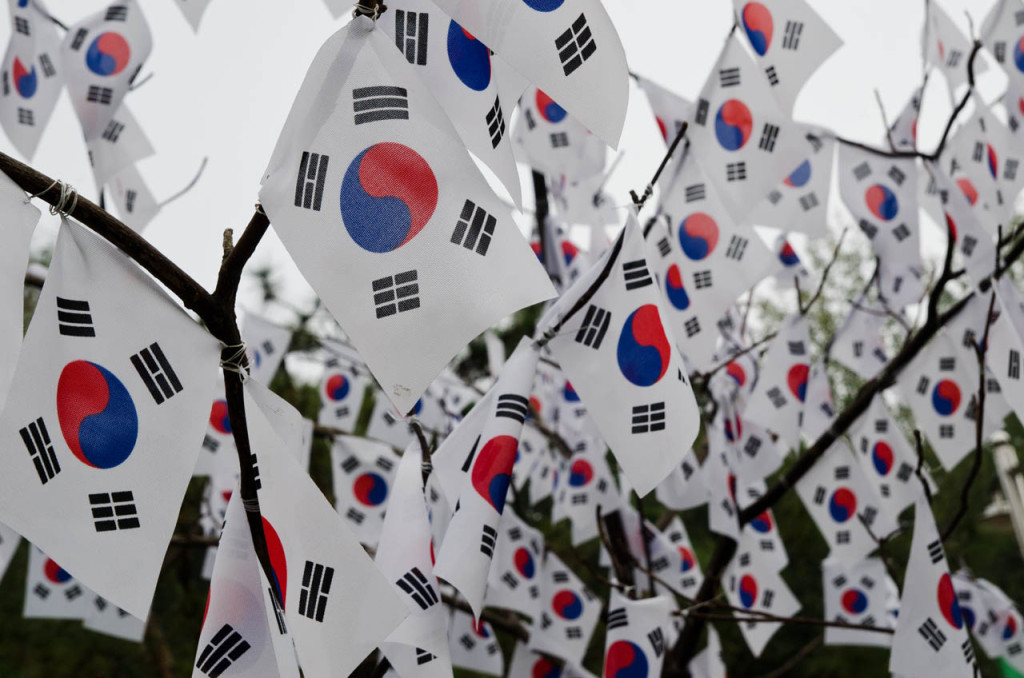 Nationalist trees.
Nationalist trees.
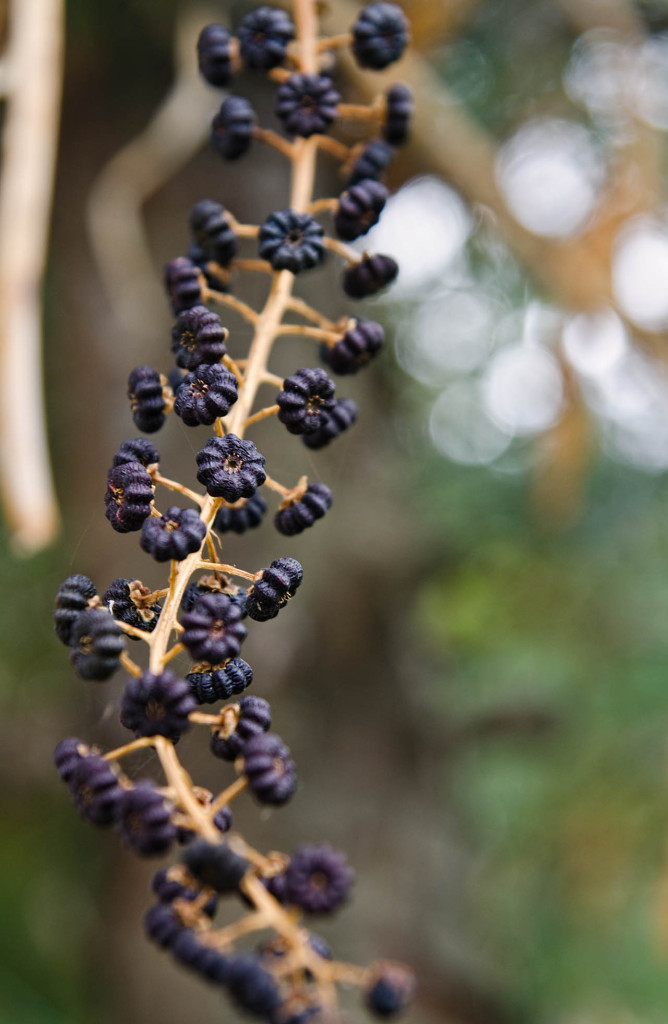 Trees with tiny purple pumpkins.
Trees with tiny purple pumpkins.
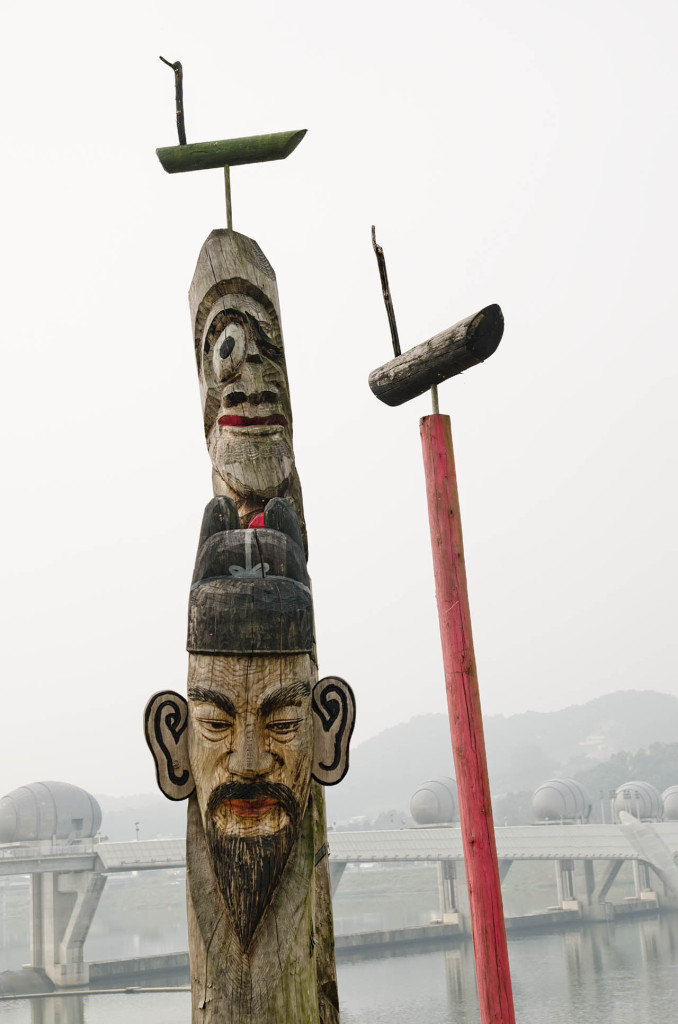 Jangseung 長承 and Sotdae at Ipobo weir.
Jangseung 長承 and Sotdae at Ipobo weir.
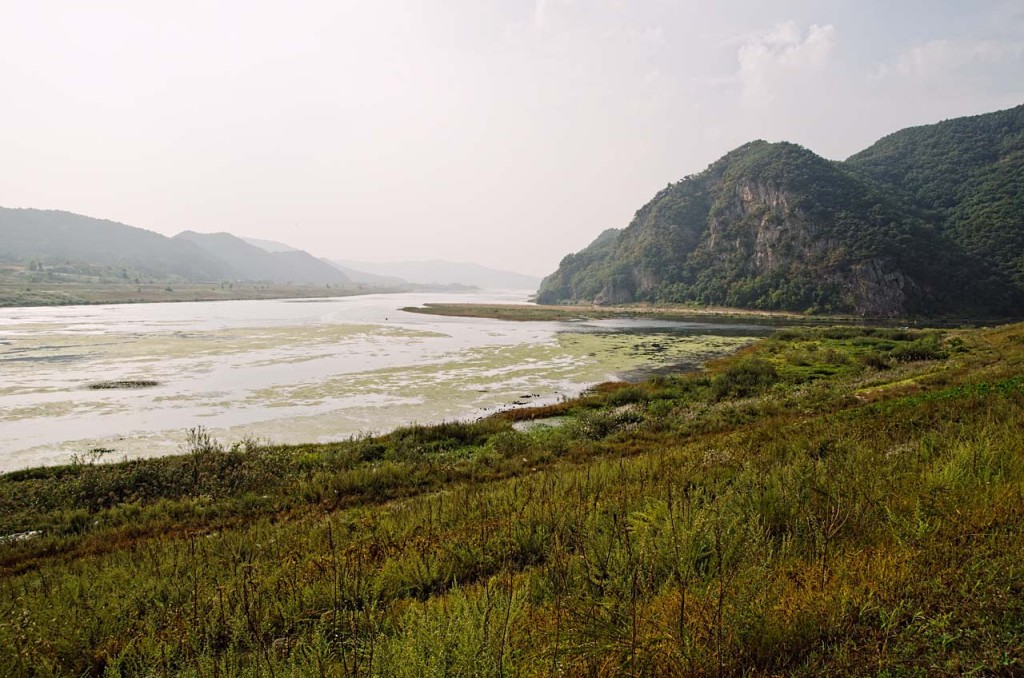
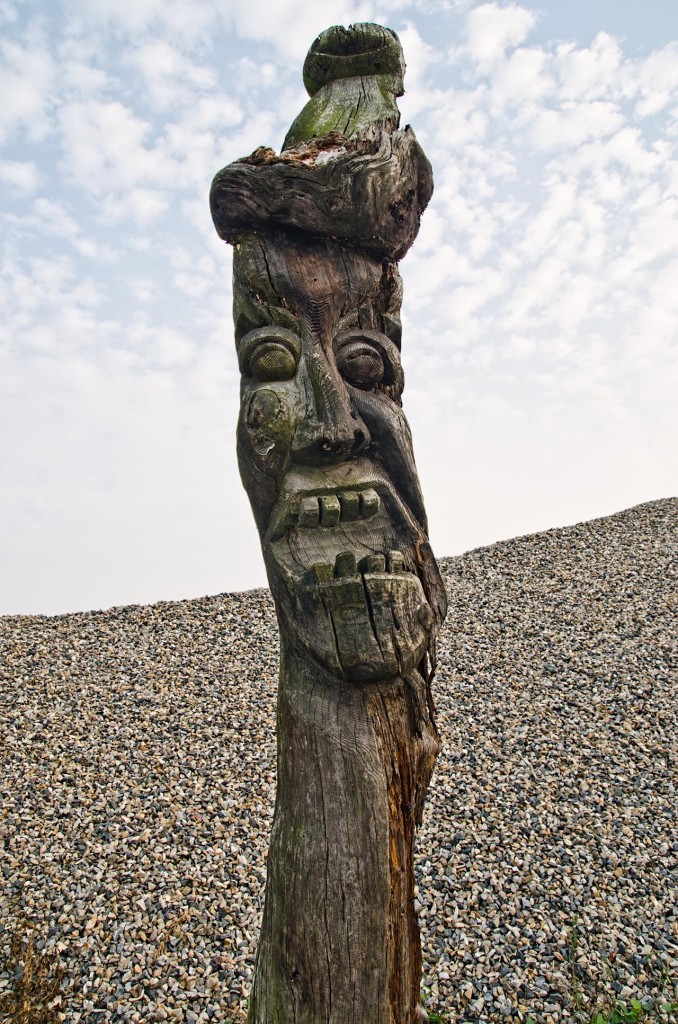 Jangseung in twisted anguish doing their best to keep demons at bay.
Jangseung in twisted anguish doing their best to keep demons at bay.
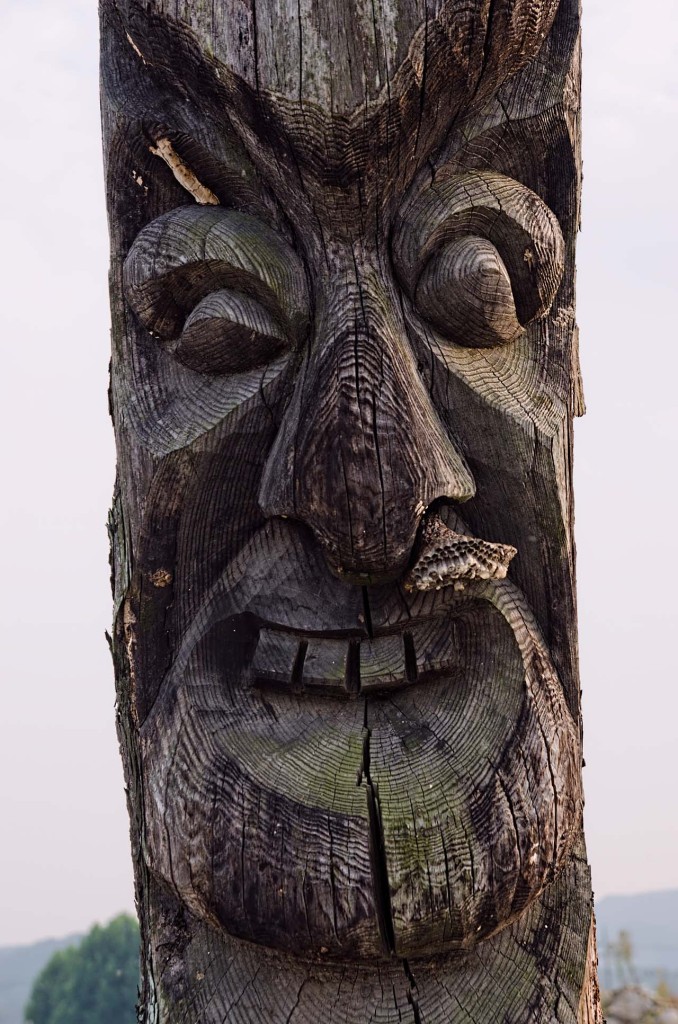
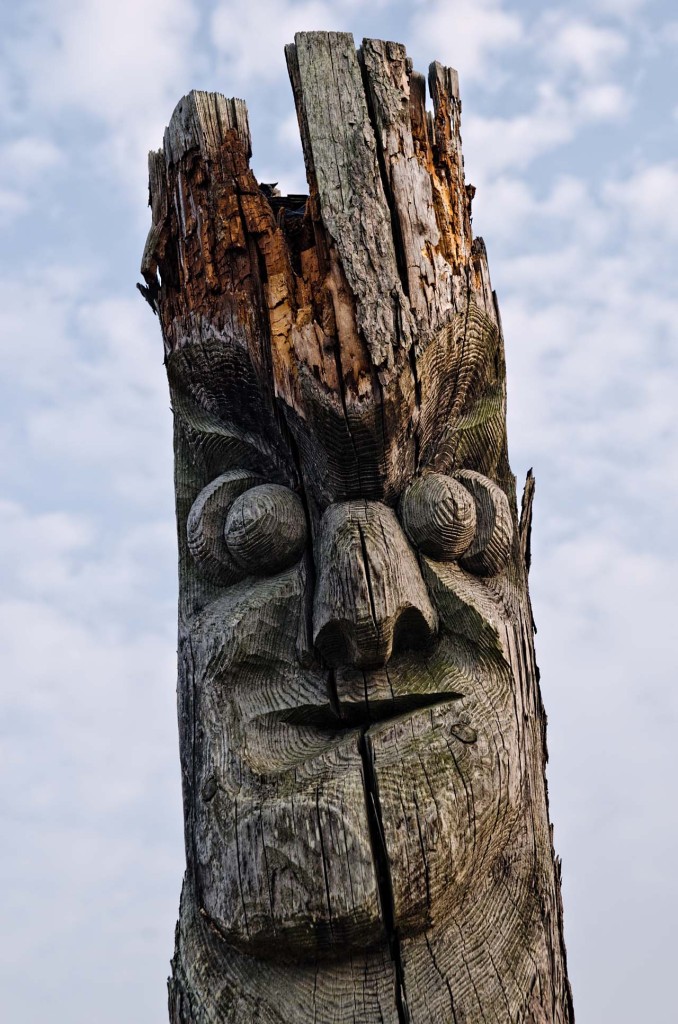
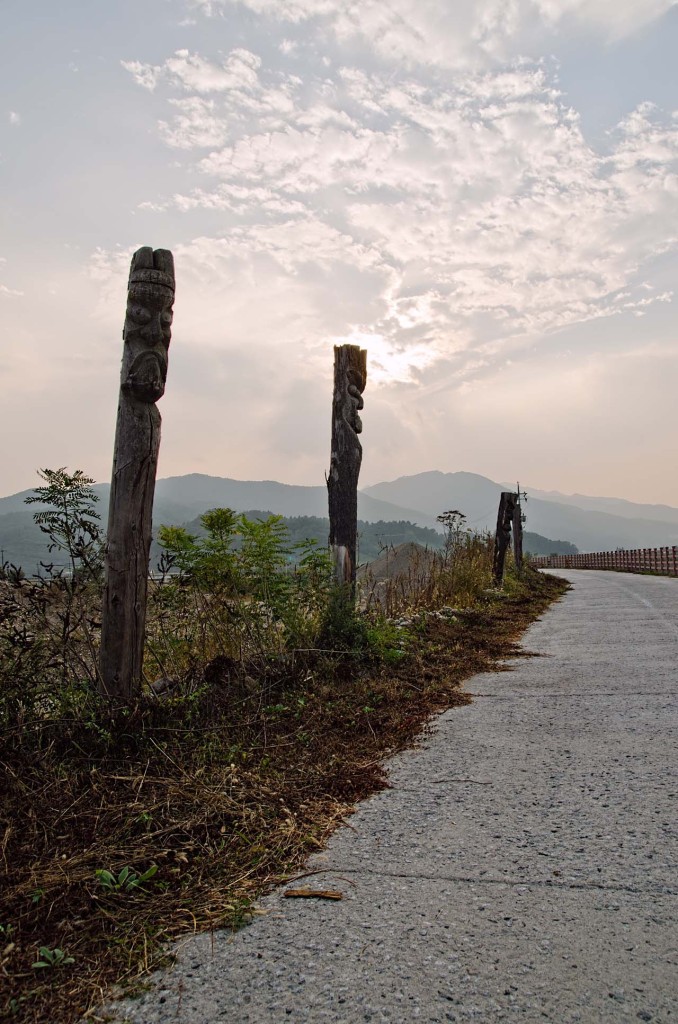
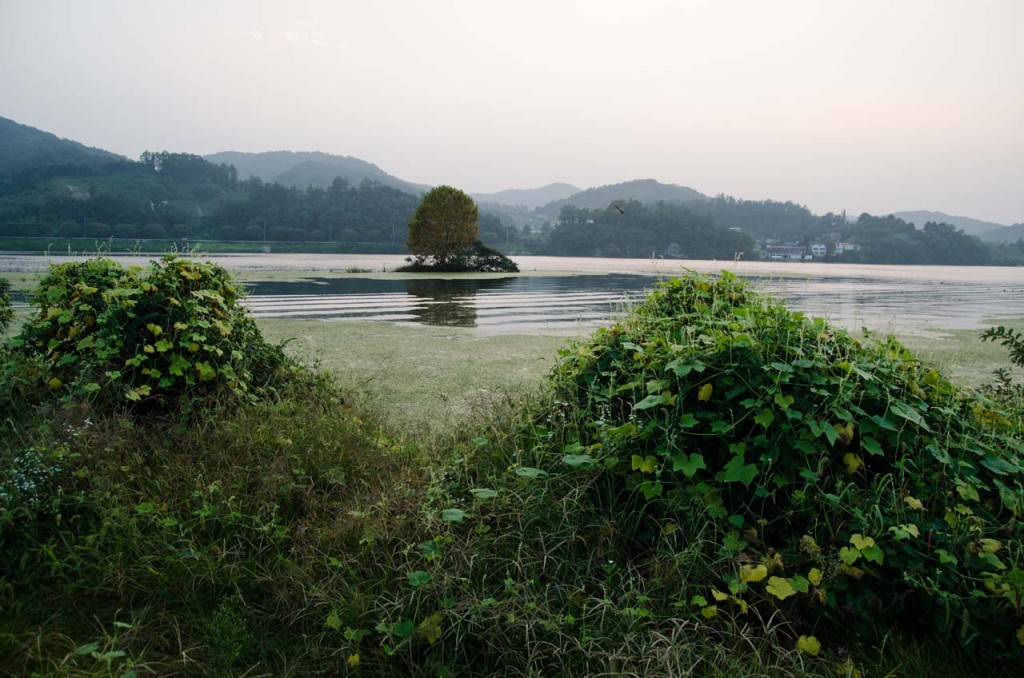 The day ends at Chungju Tangeumdae, about 120 km from Paldang Bridge.
The day ends at Chungju Tangeumdae, about 120 km from Paldang Bridge.
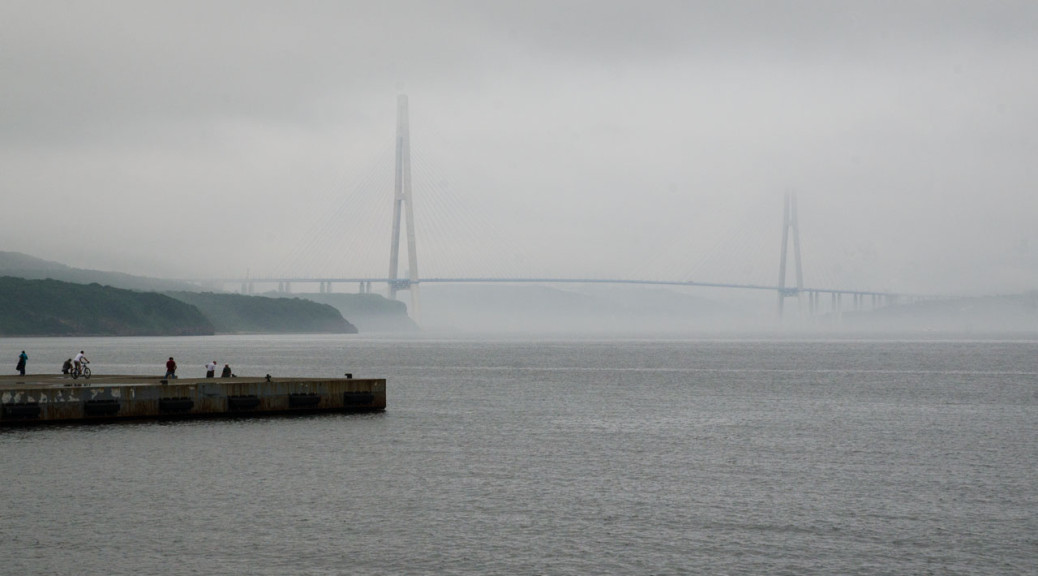
puentes en la niebla
zolotoy bridge | Золотой мост
russky birdge | Русский мост
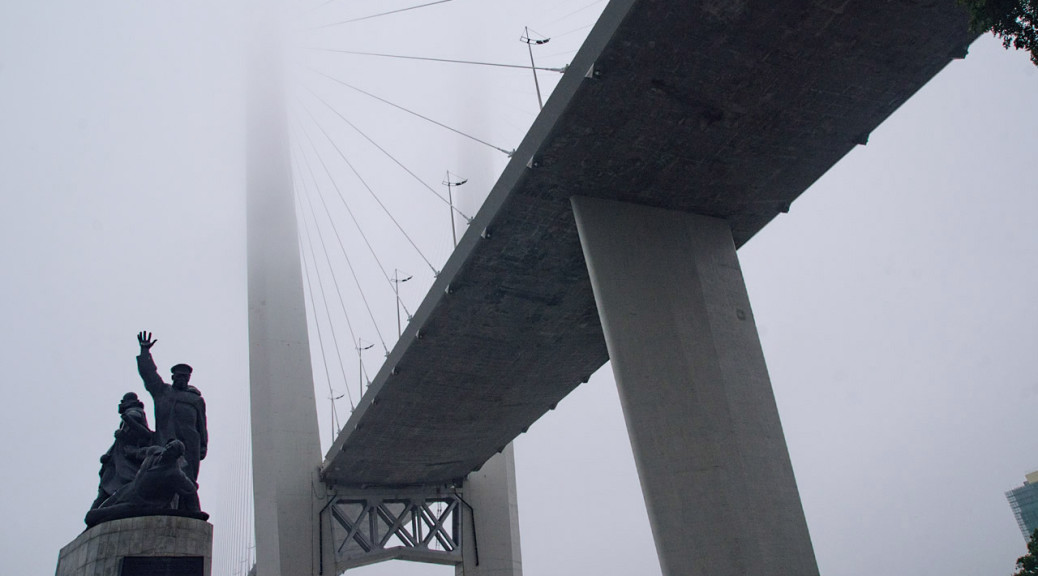
end of the line
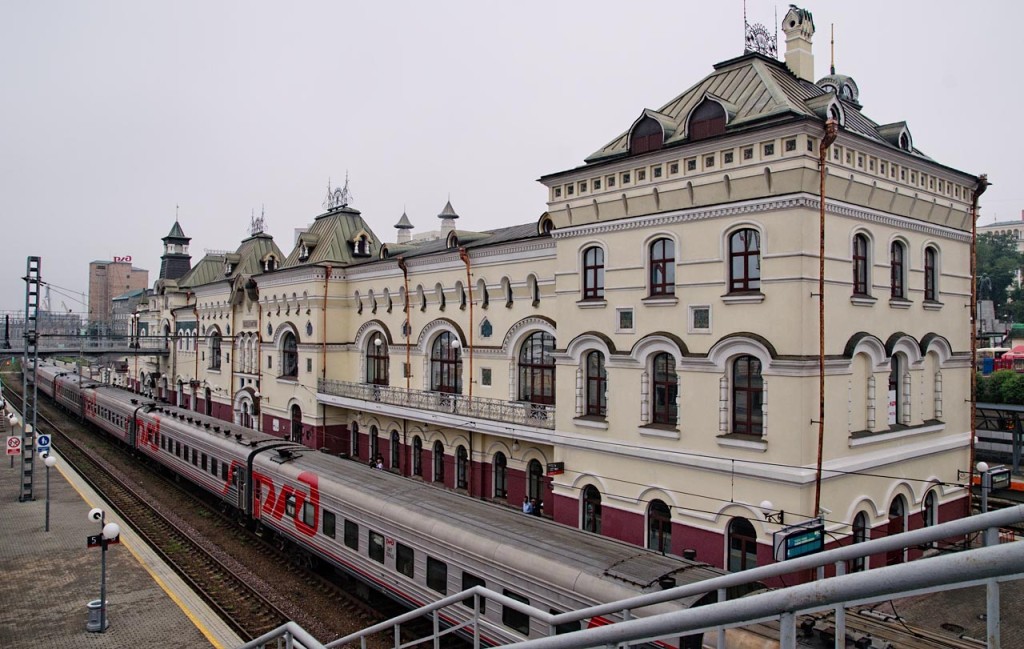 vladivostok station, the eastern terminus of the trans siberian railway.
vladivostok station, the eastern terminus of the trans siberian railway. 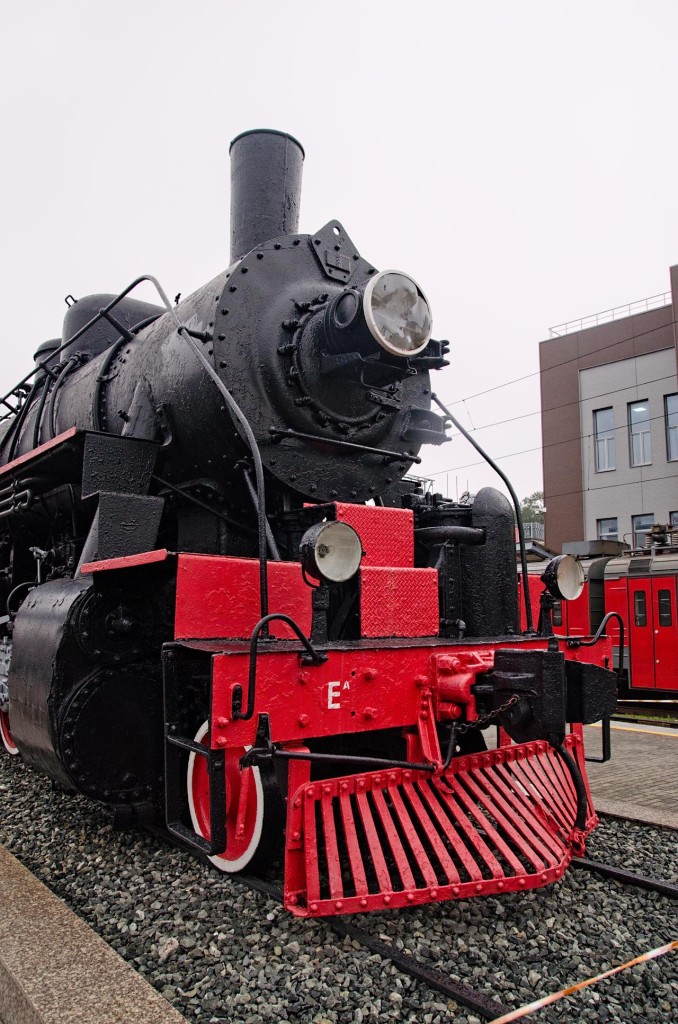
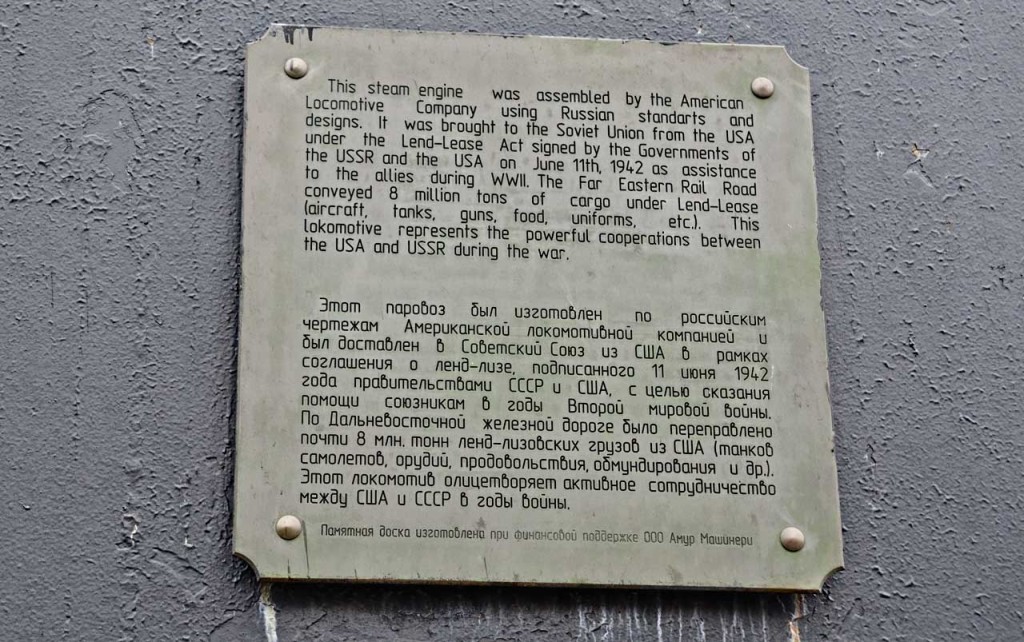
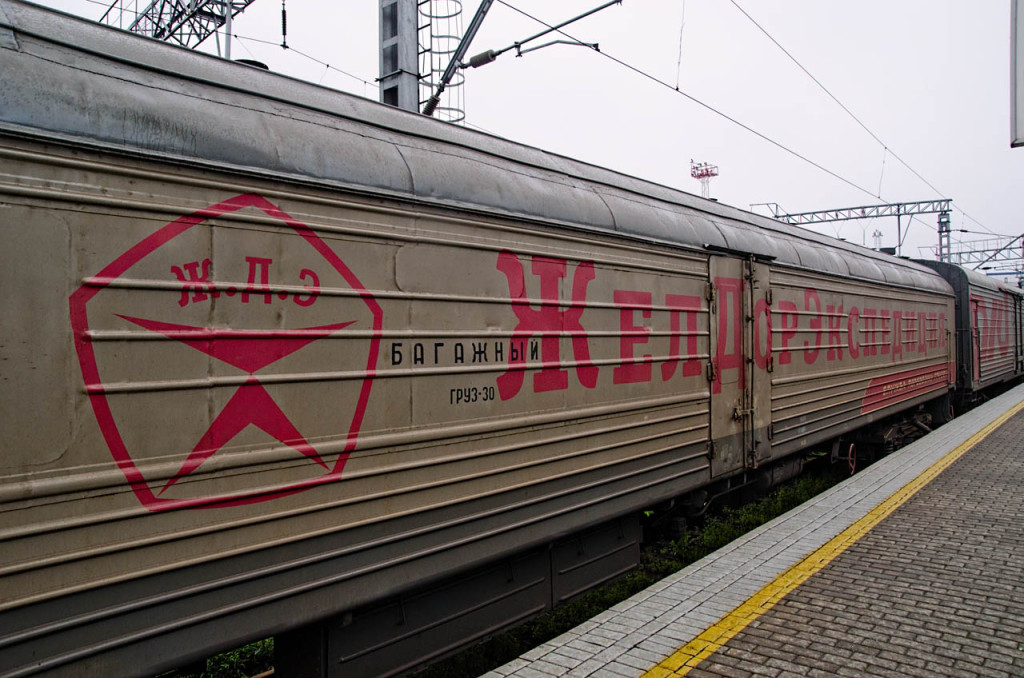
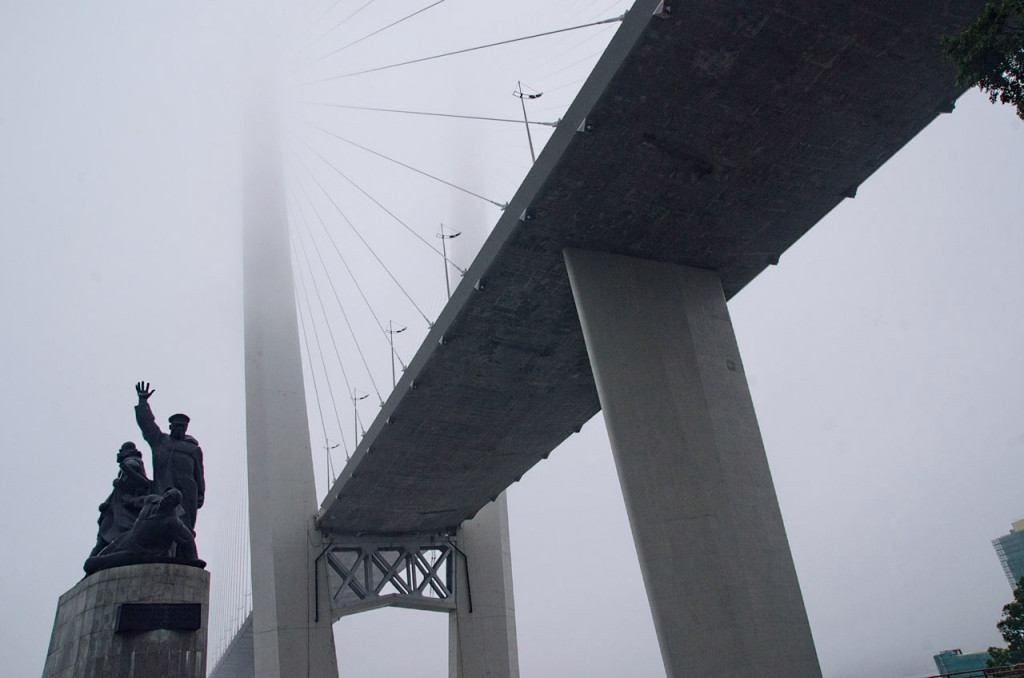 zolotoy bridge Золотой мост
zolotoy bridge Золотой мост
